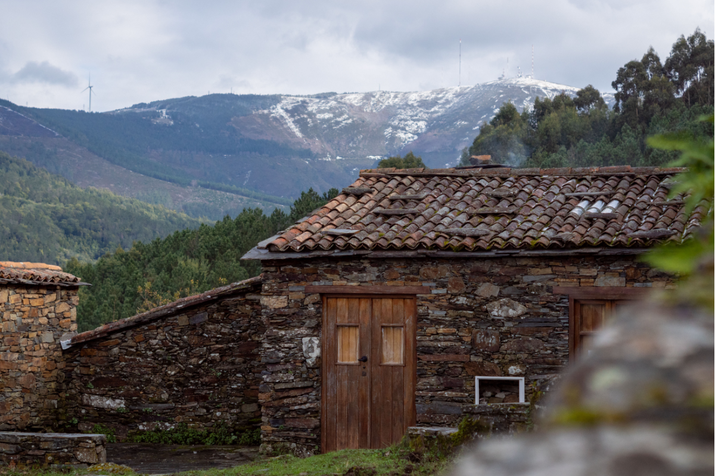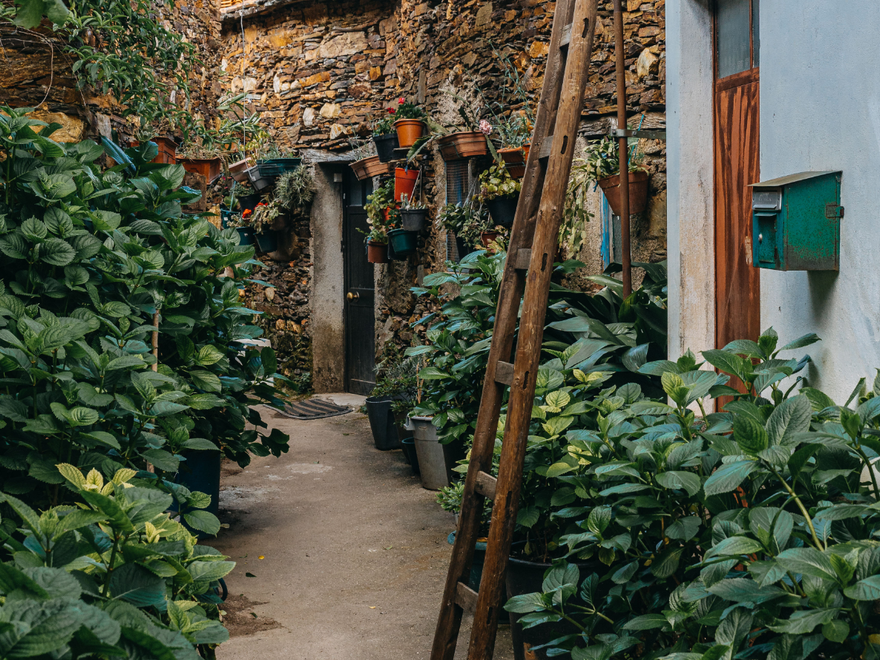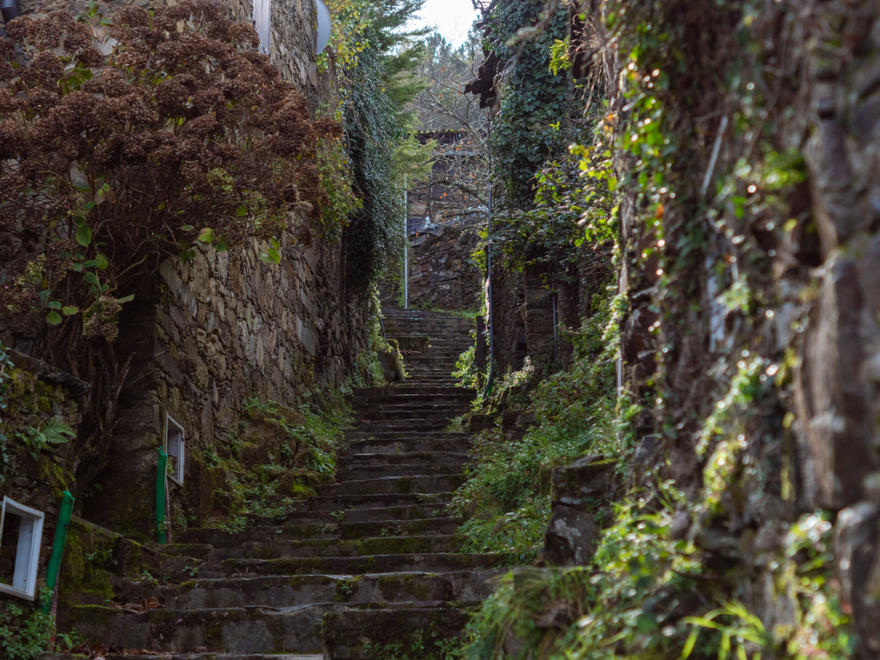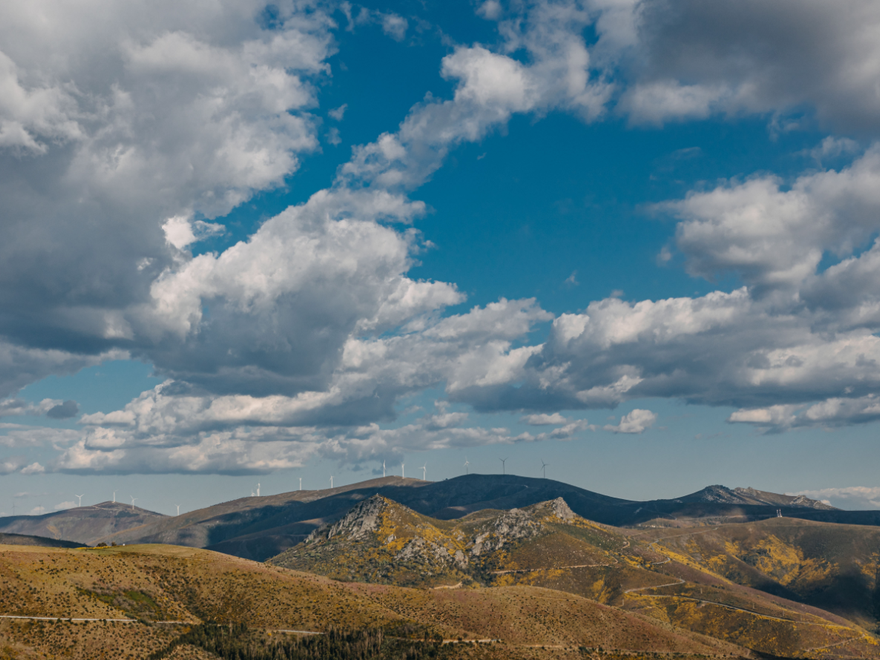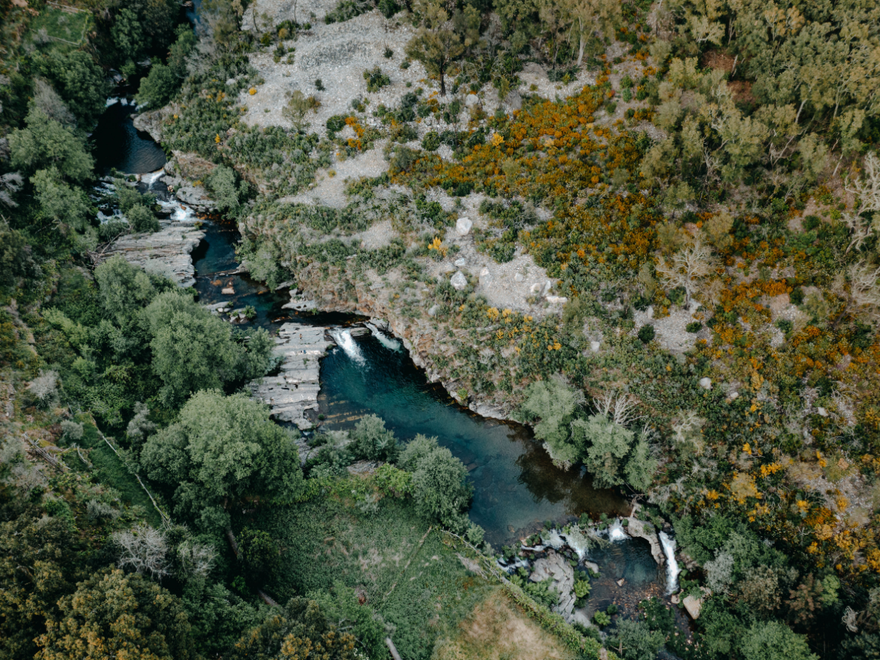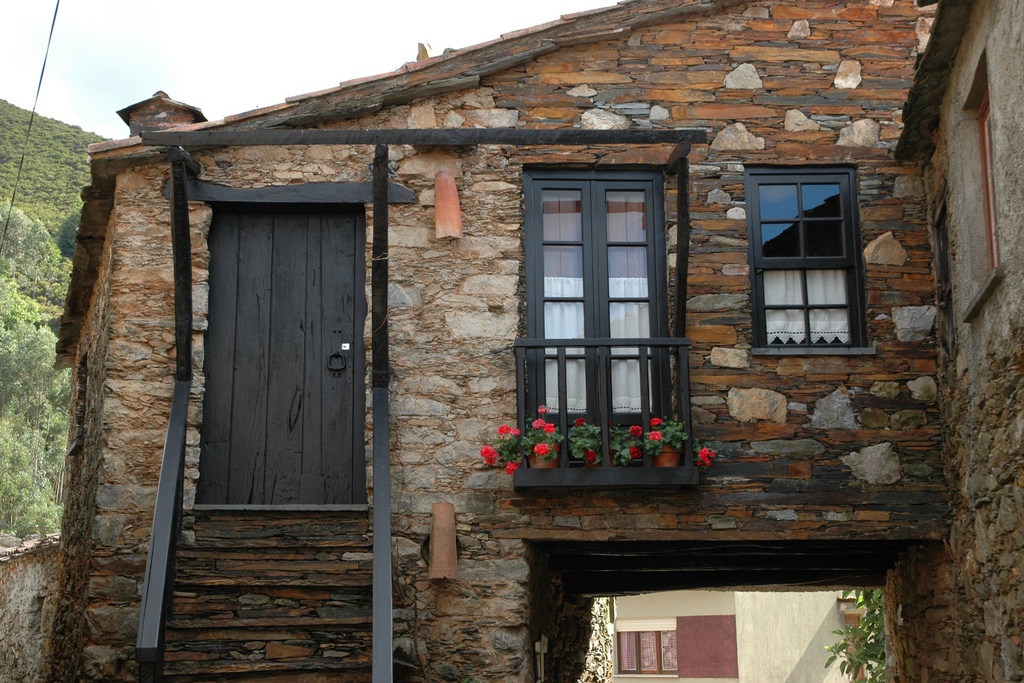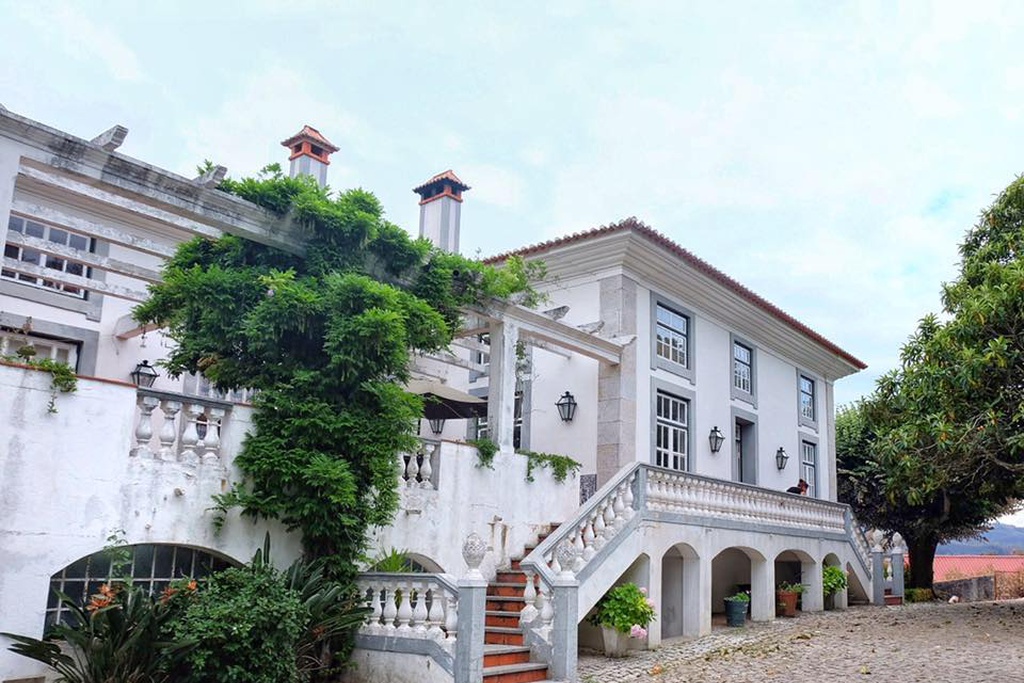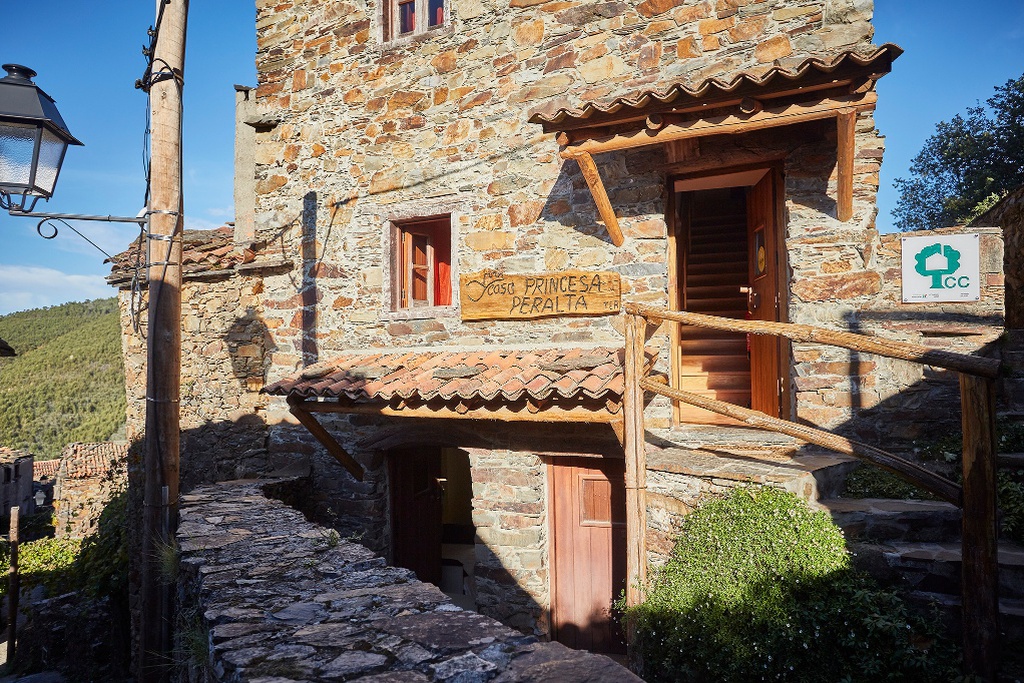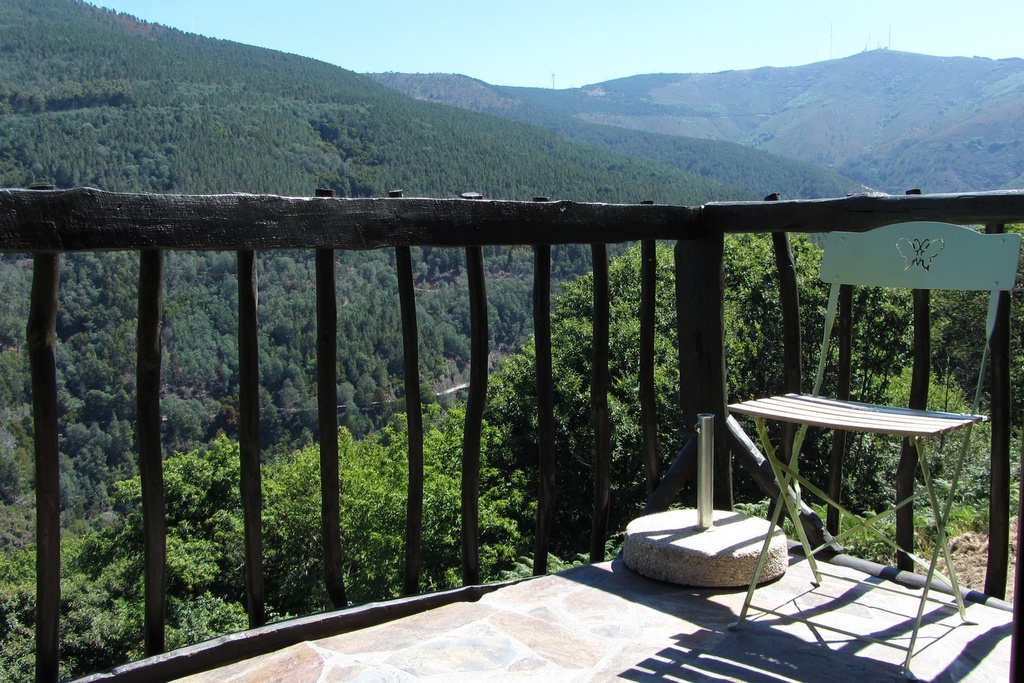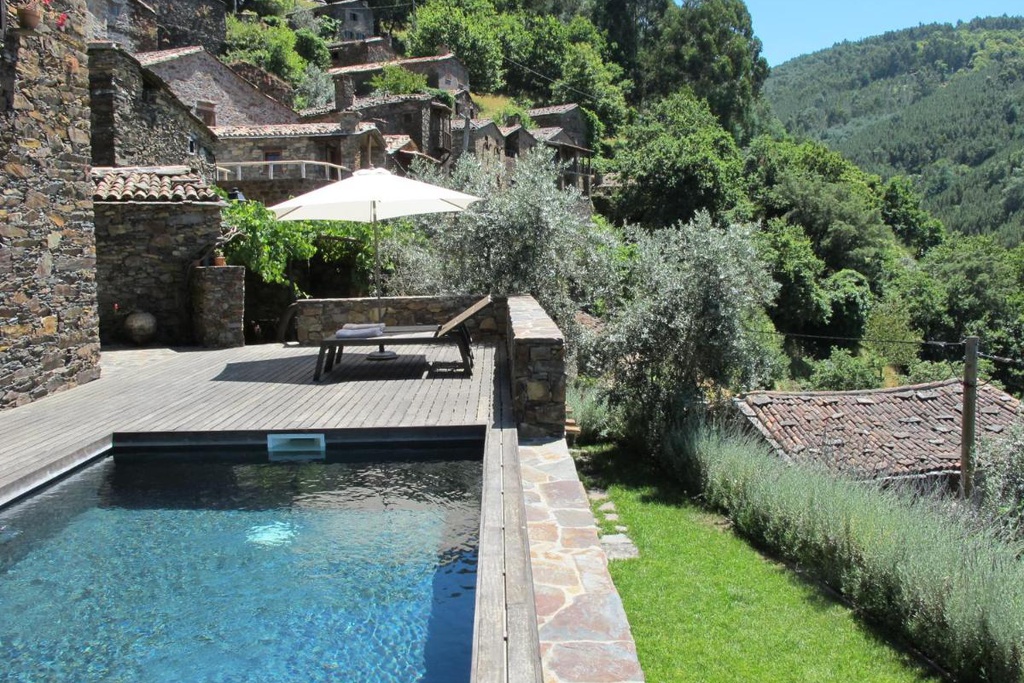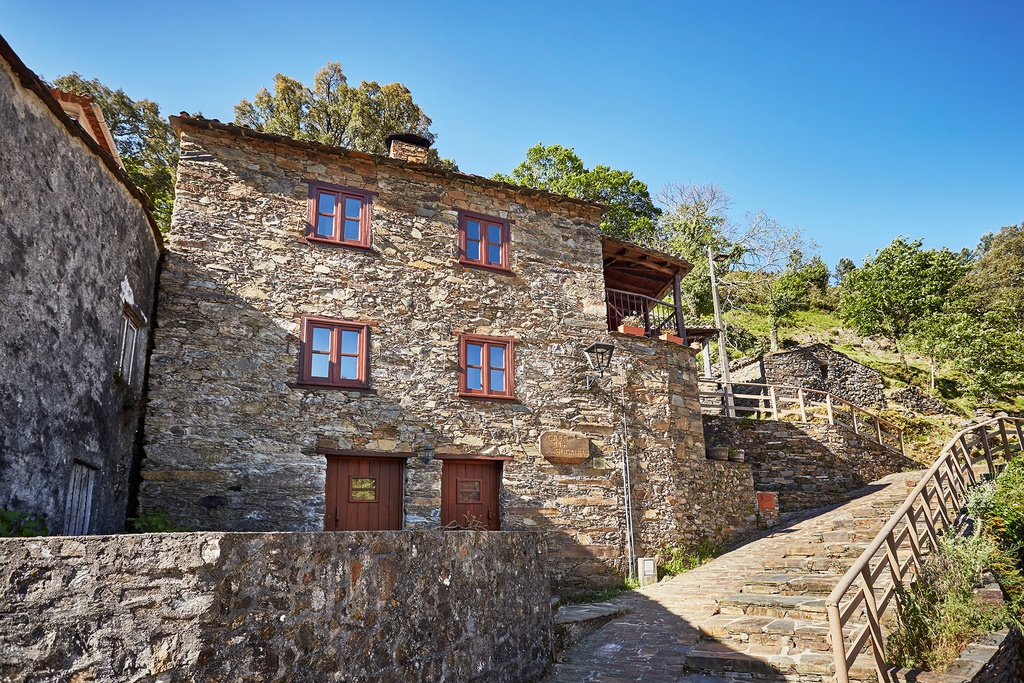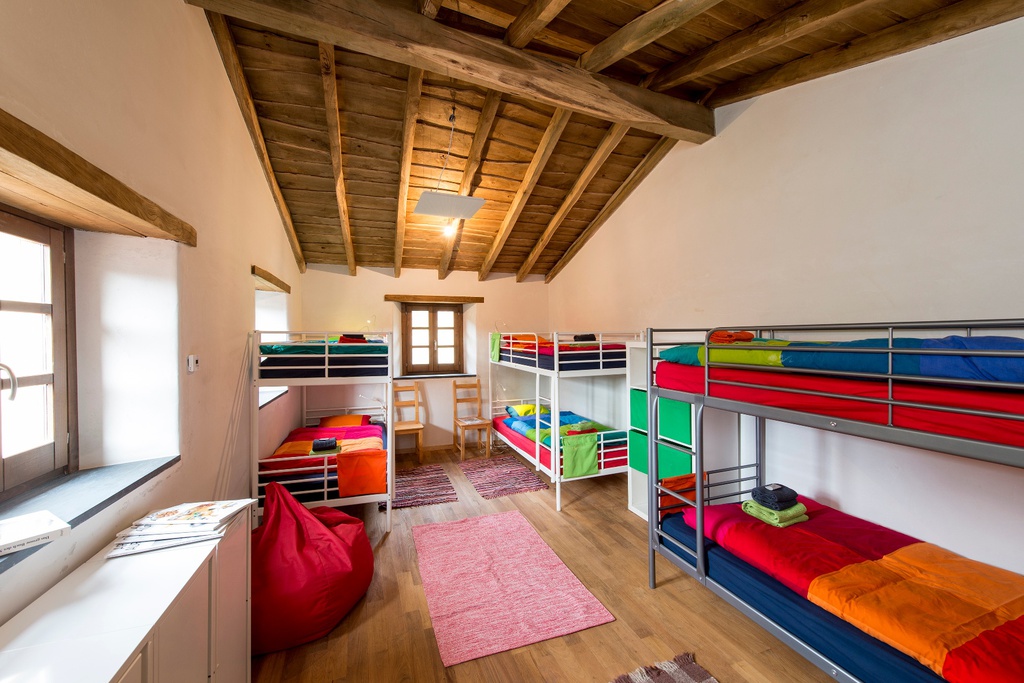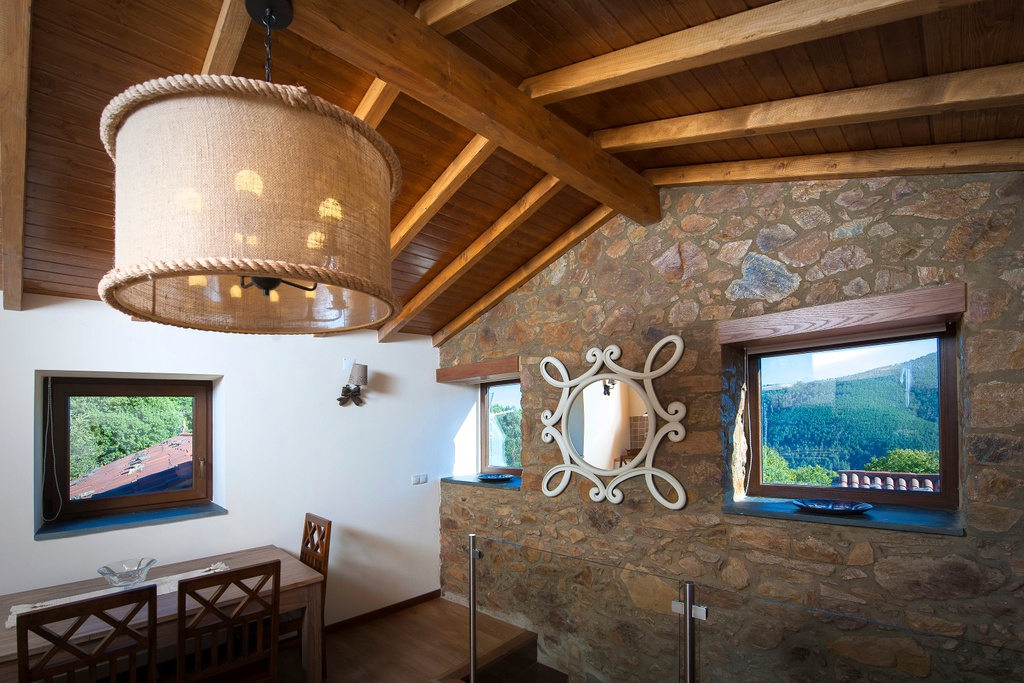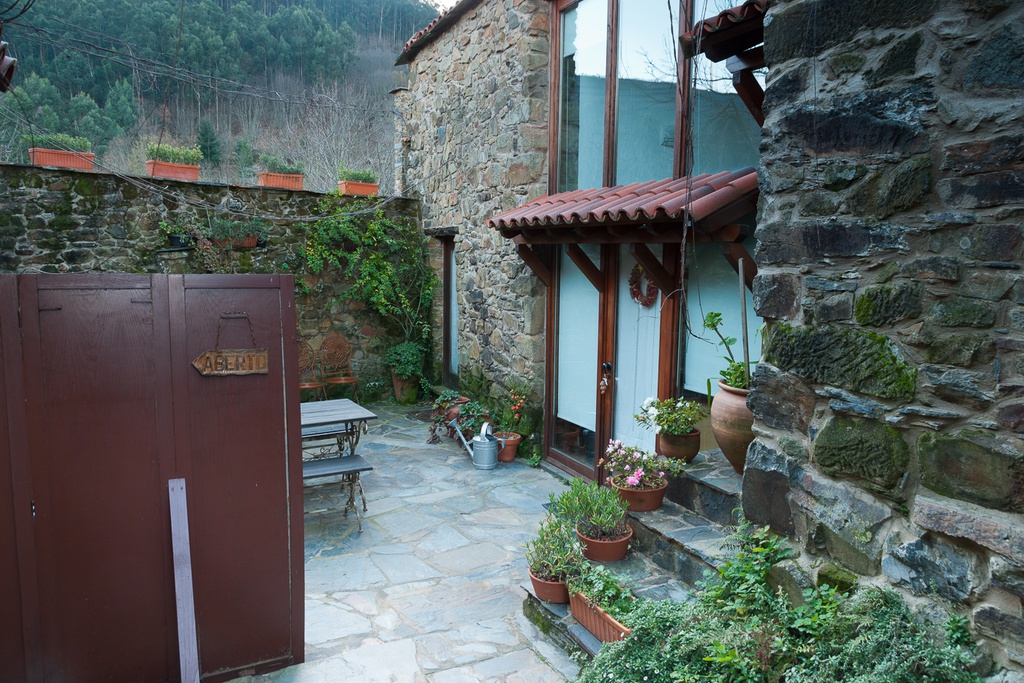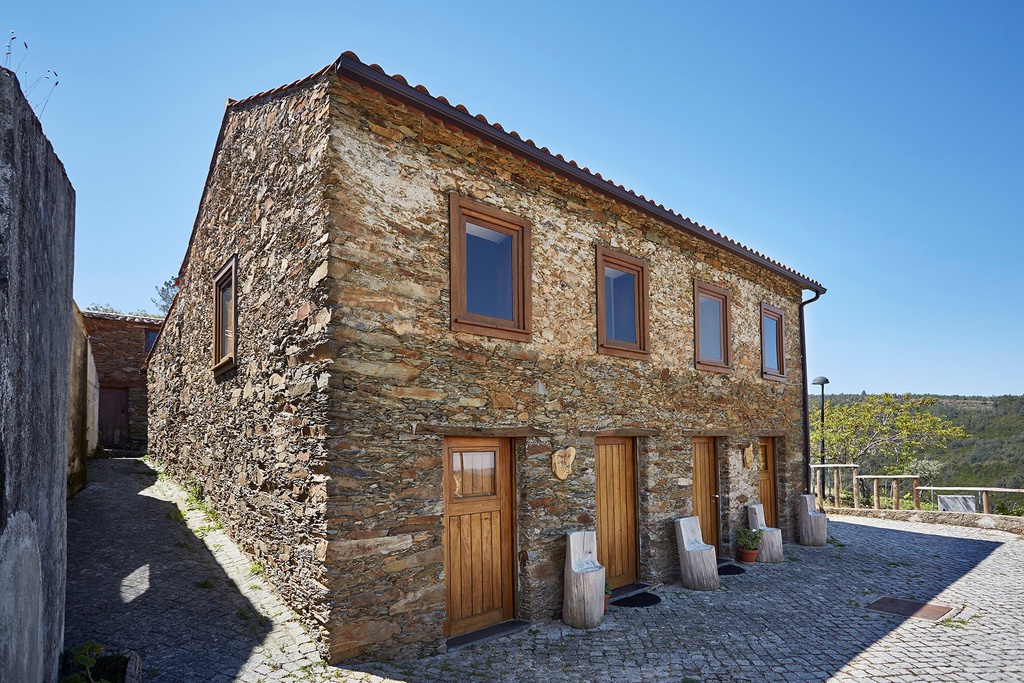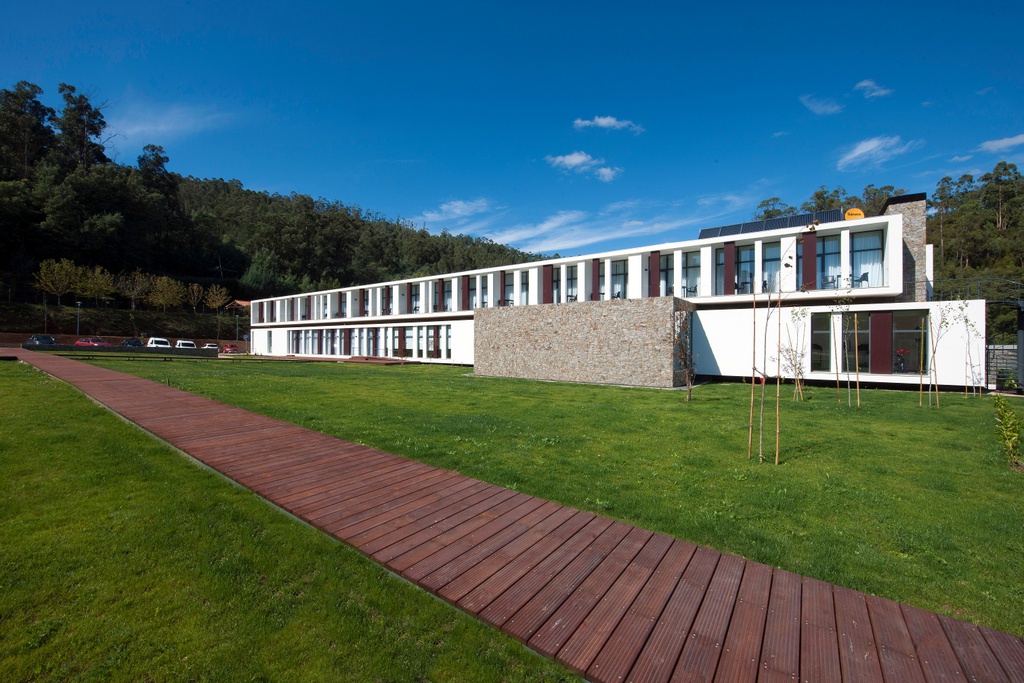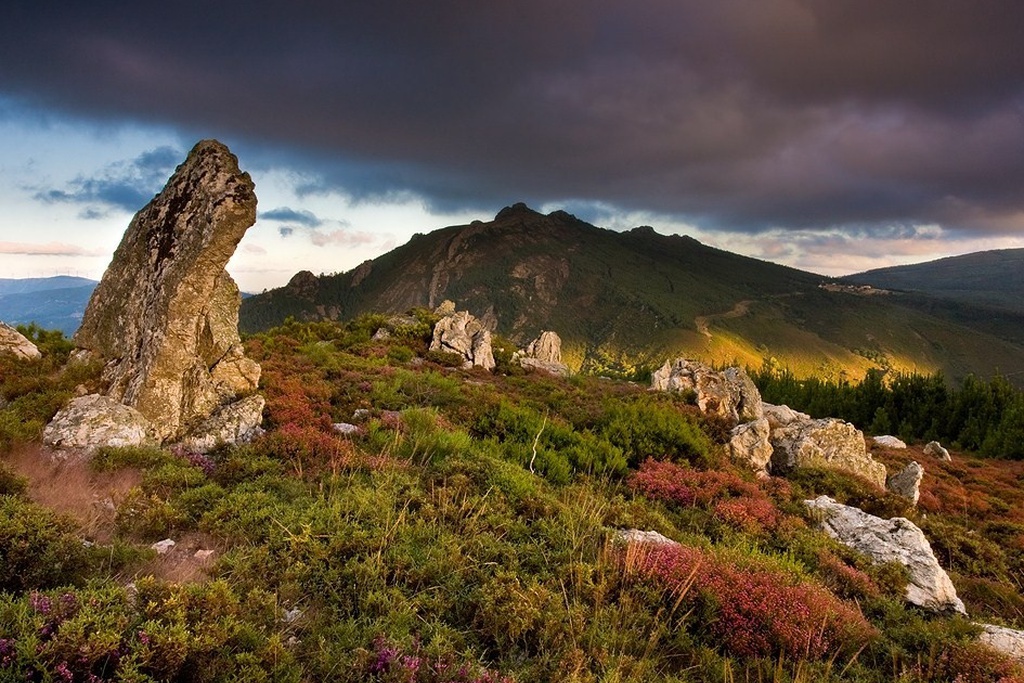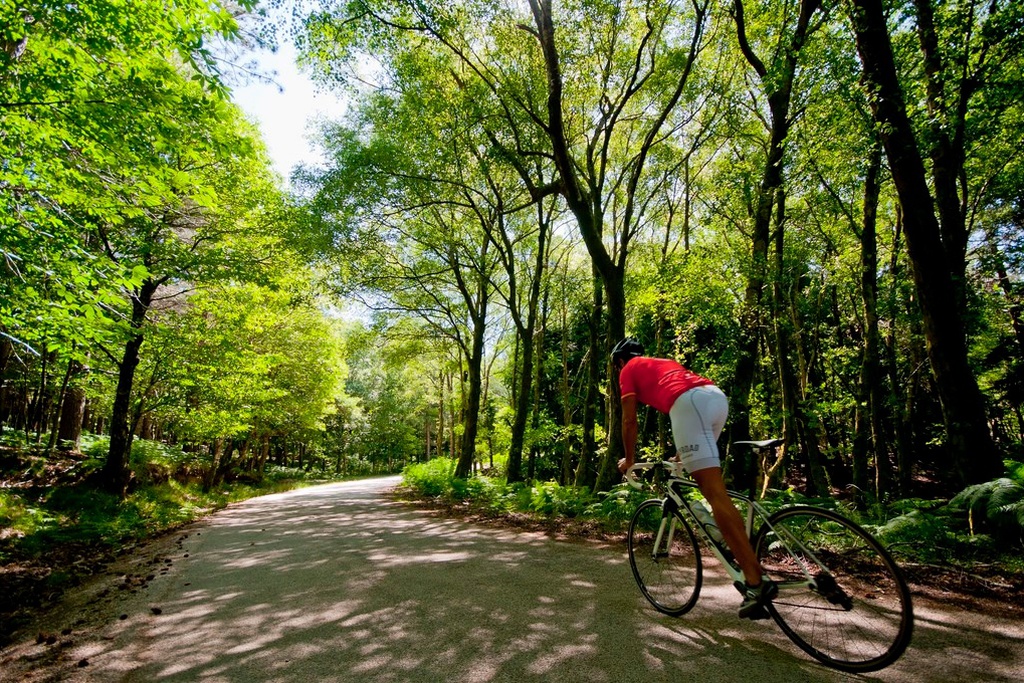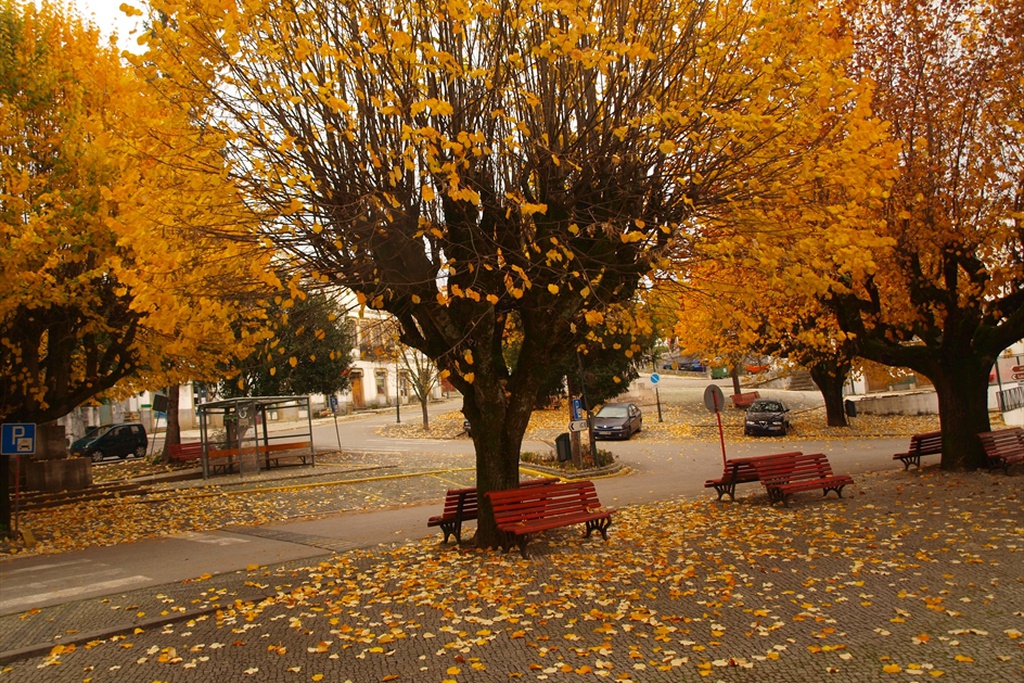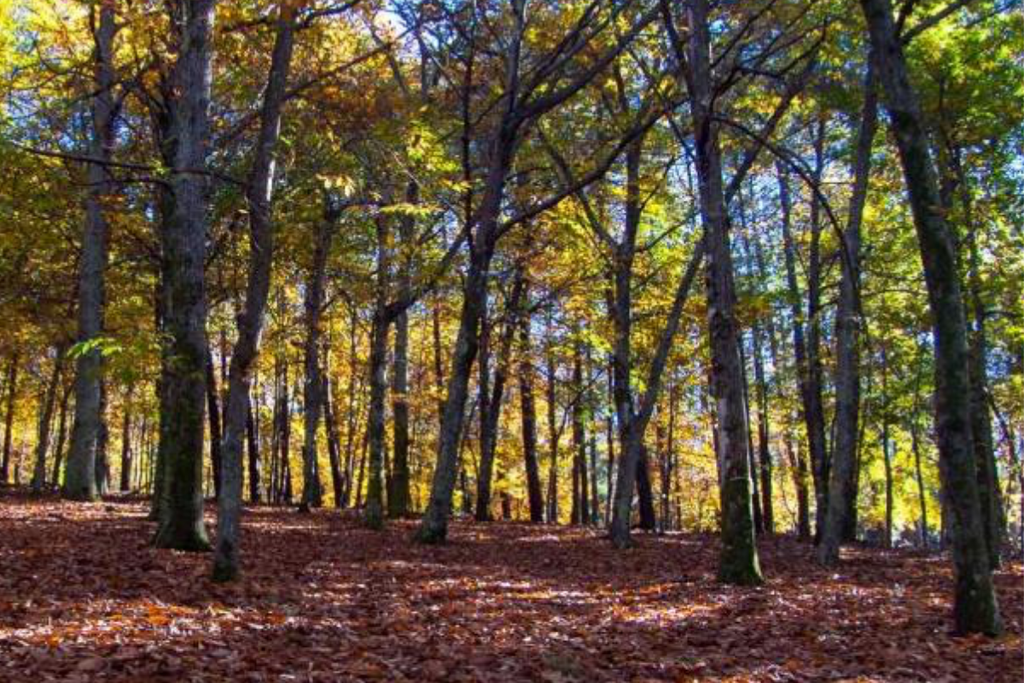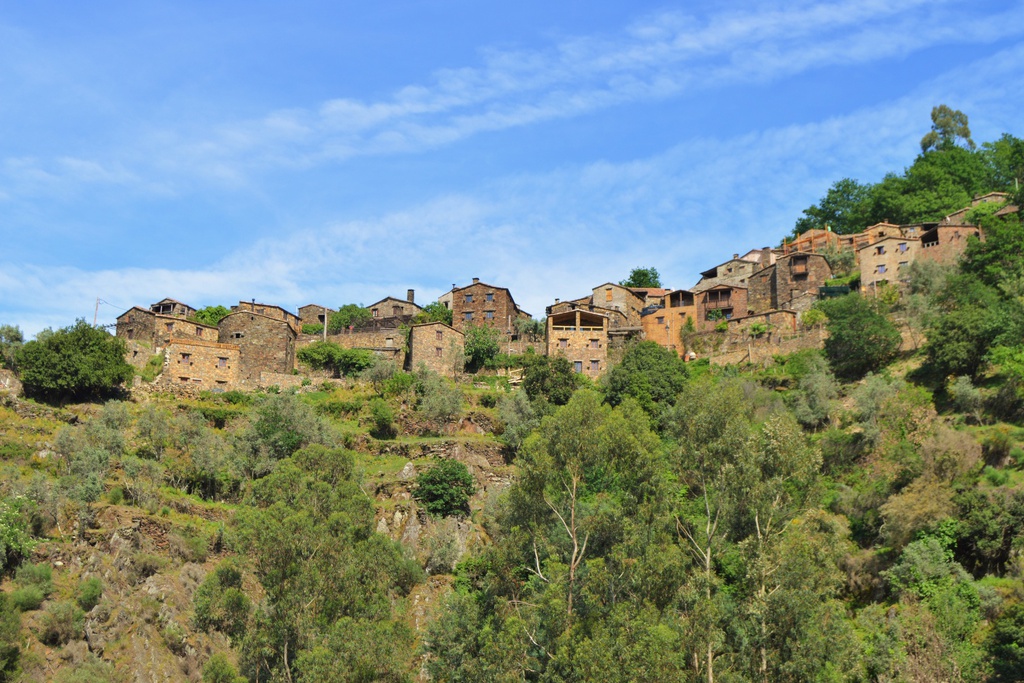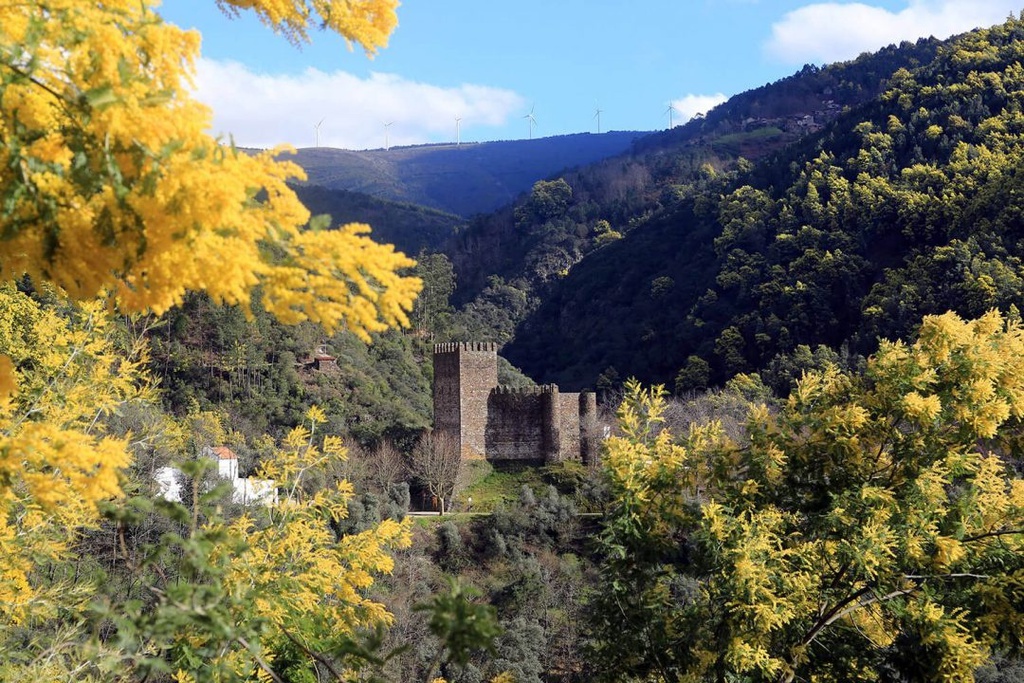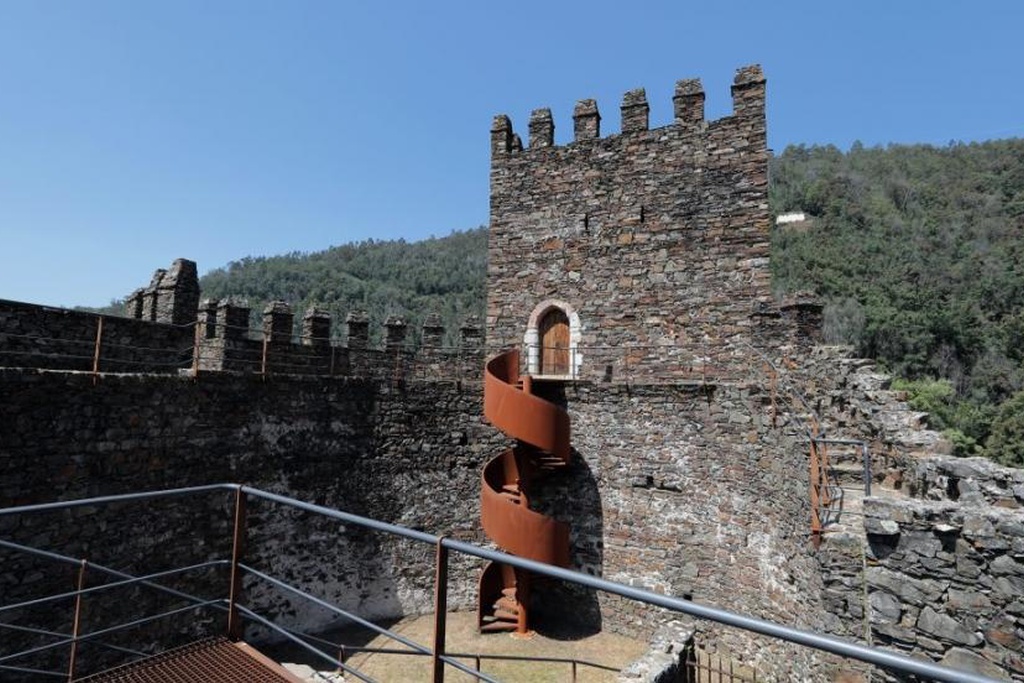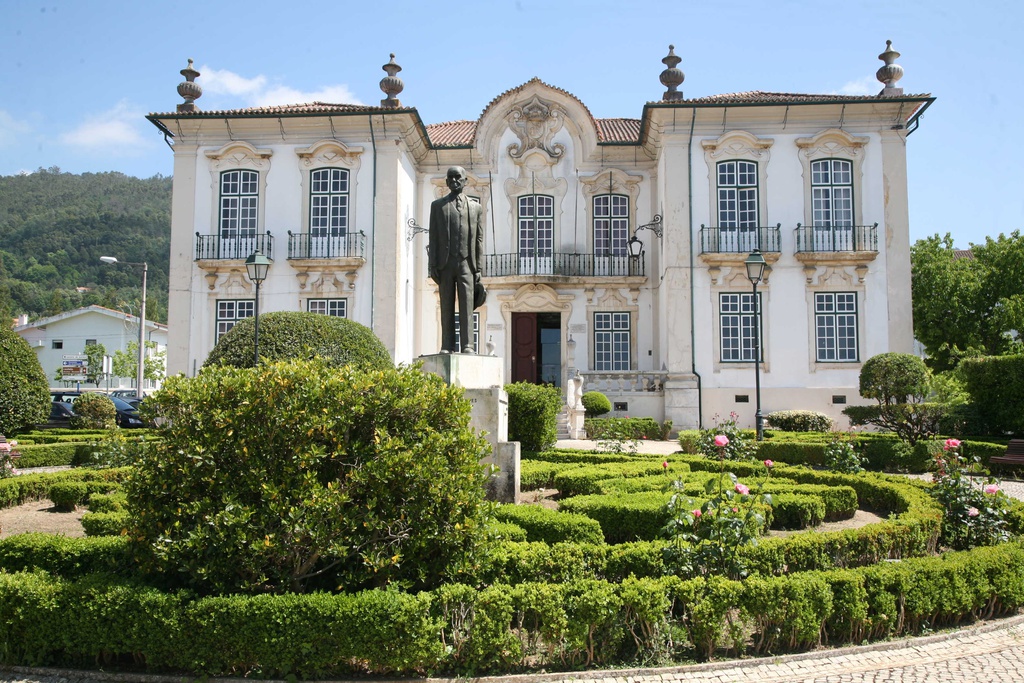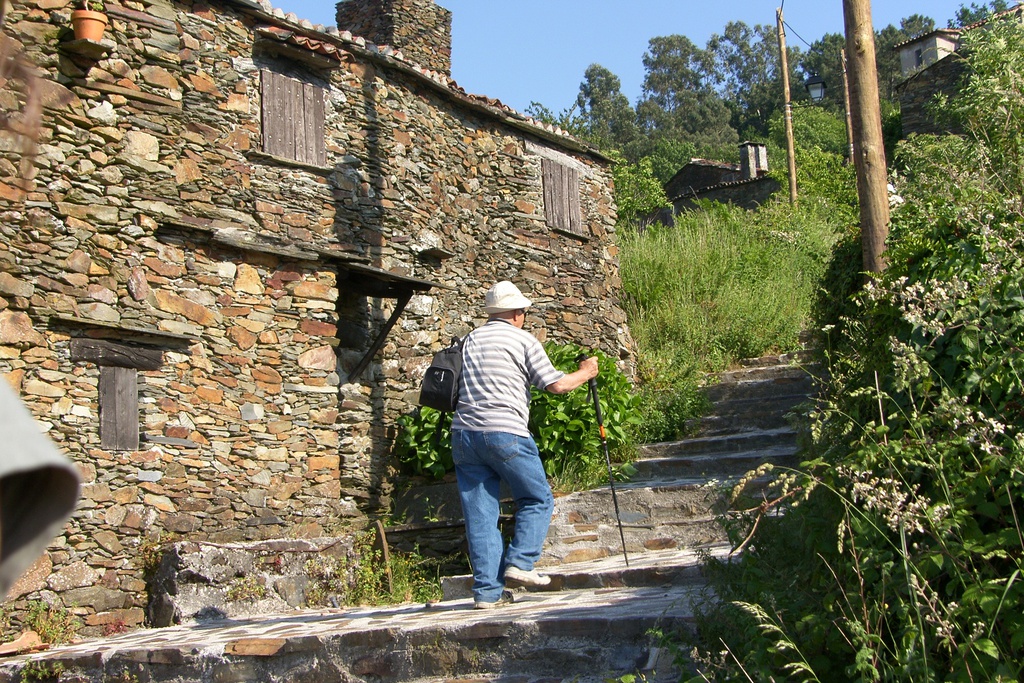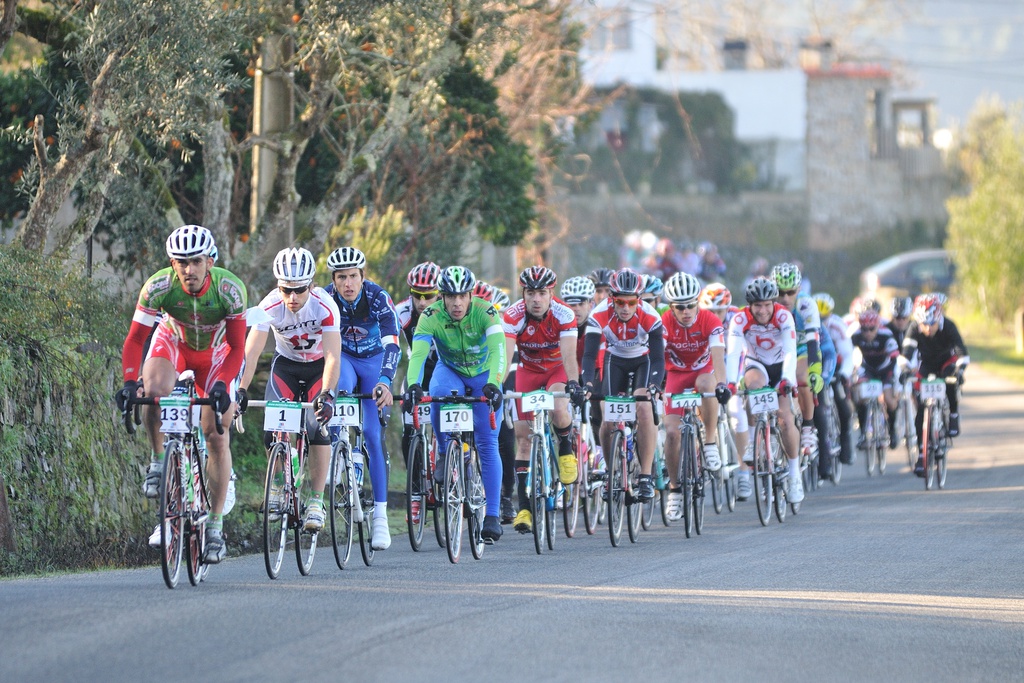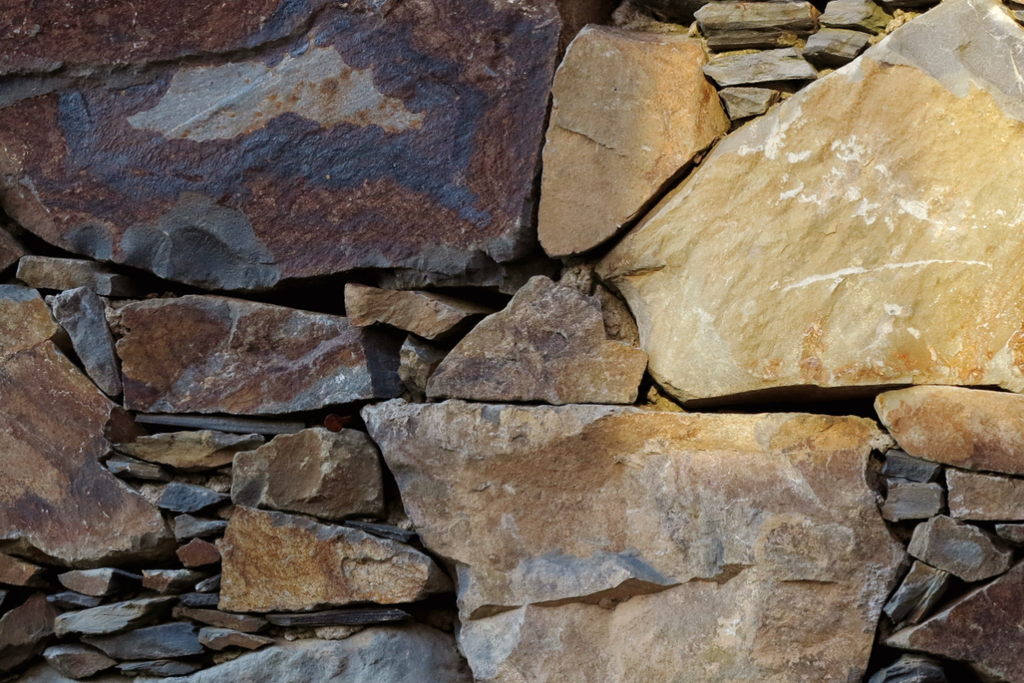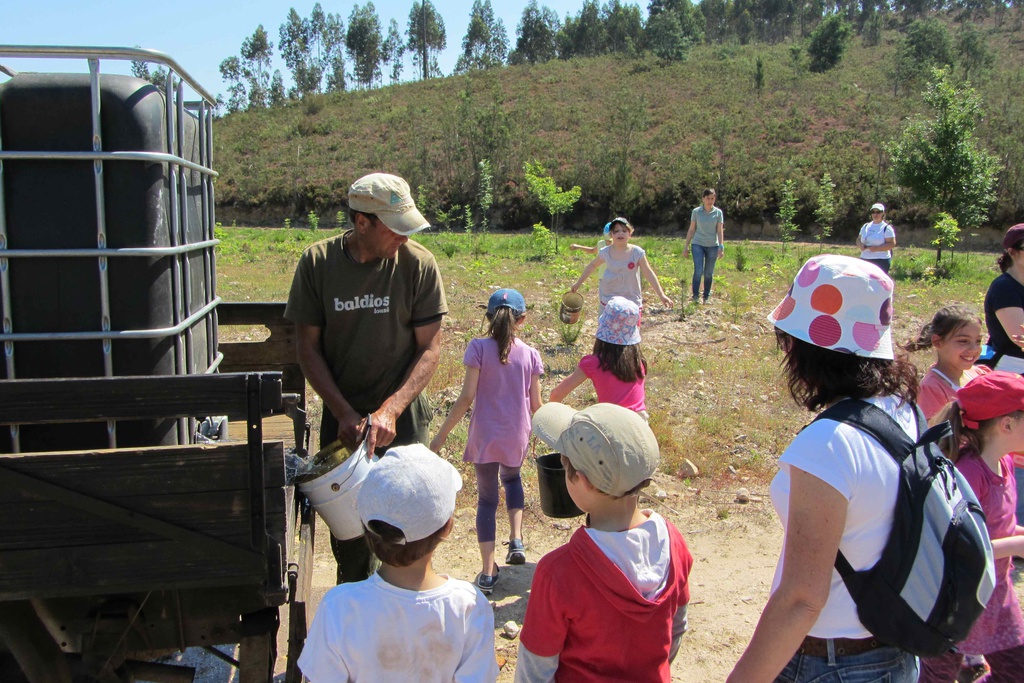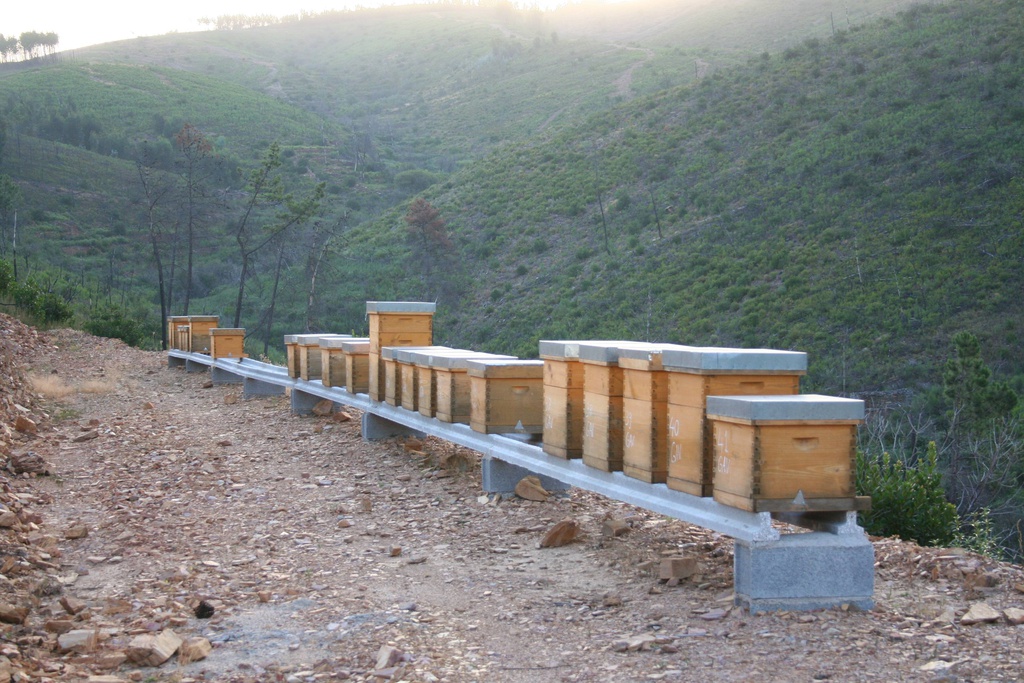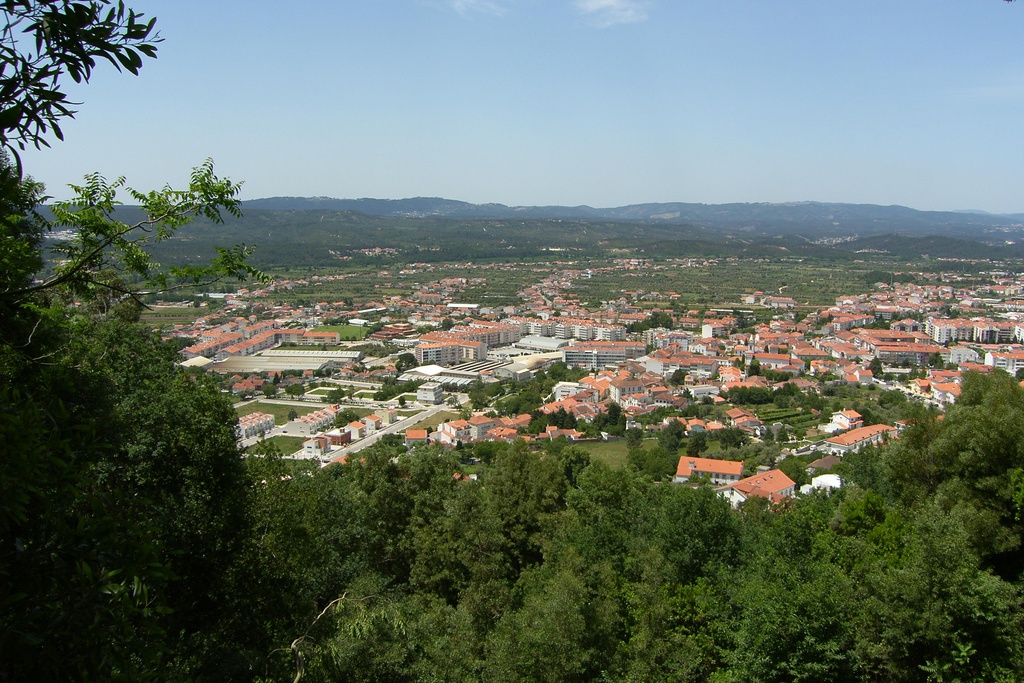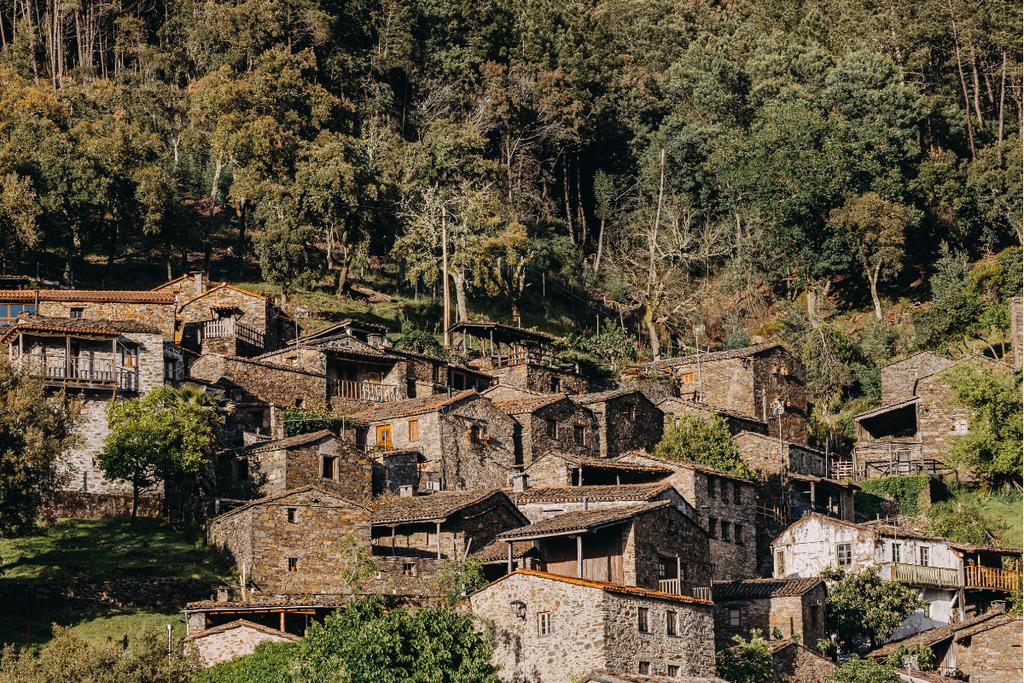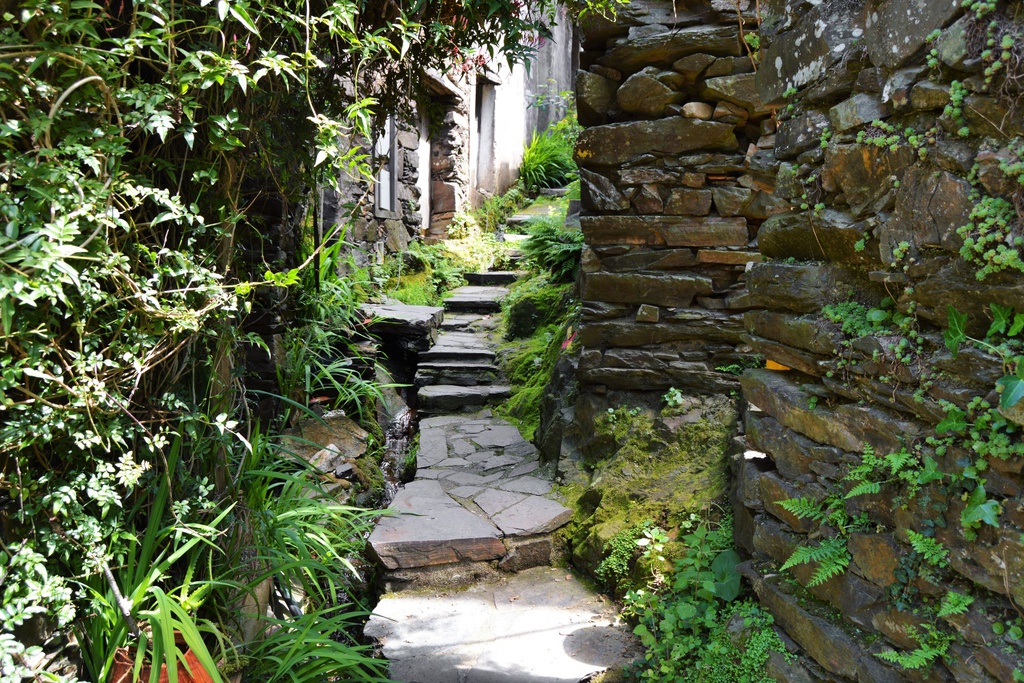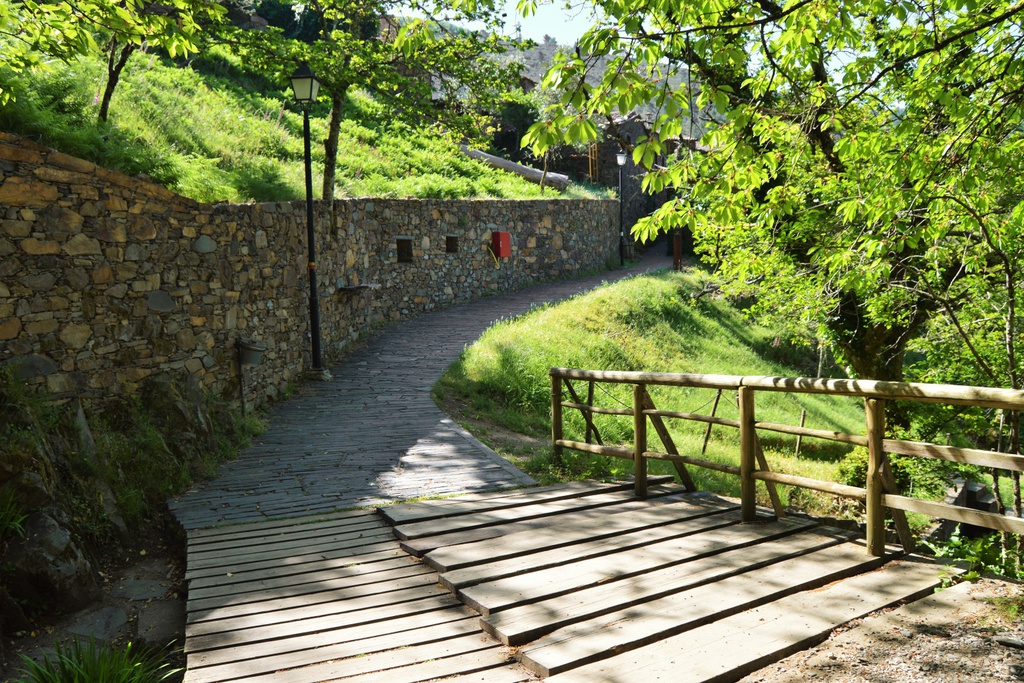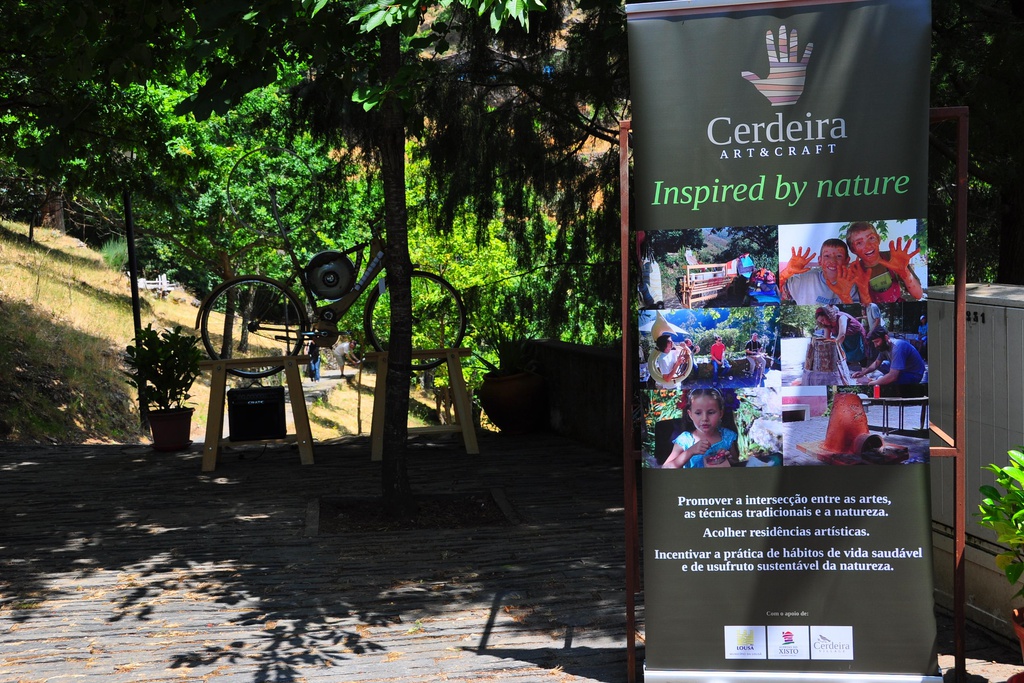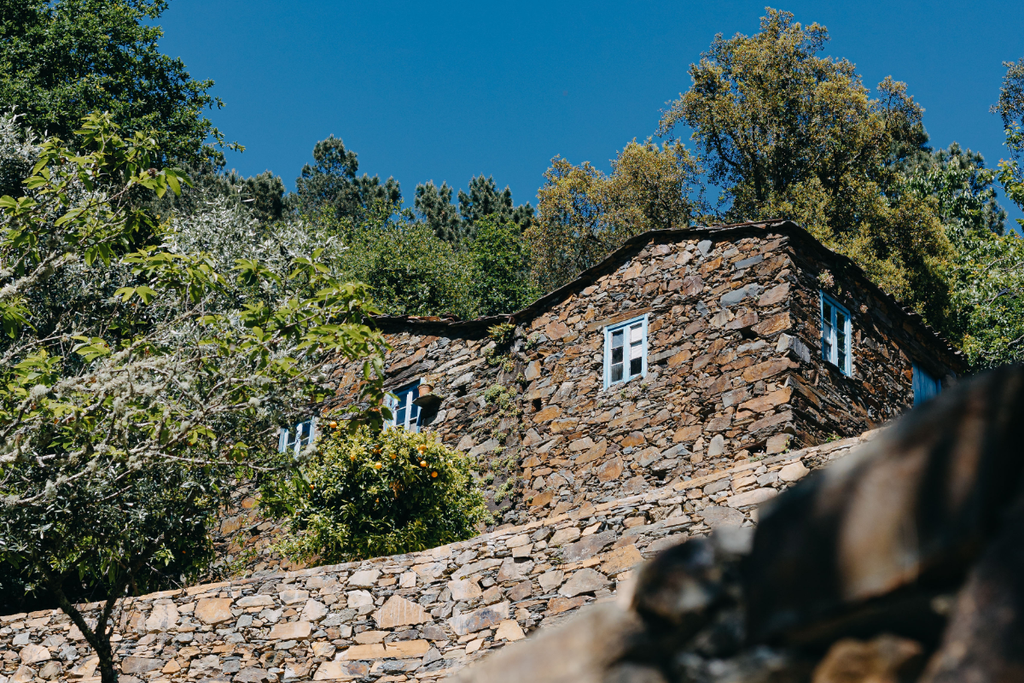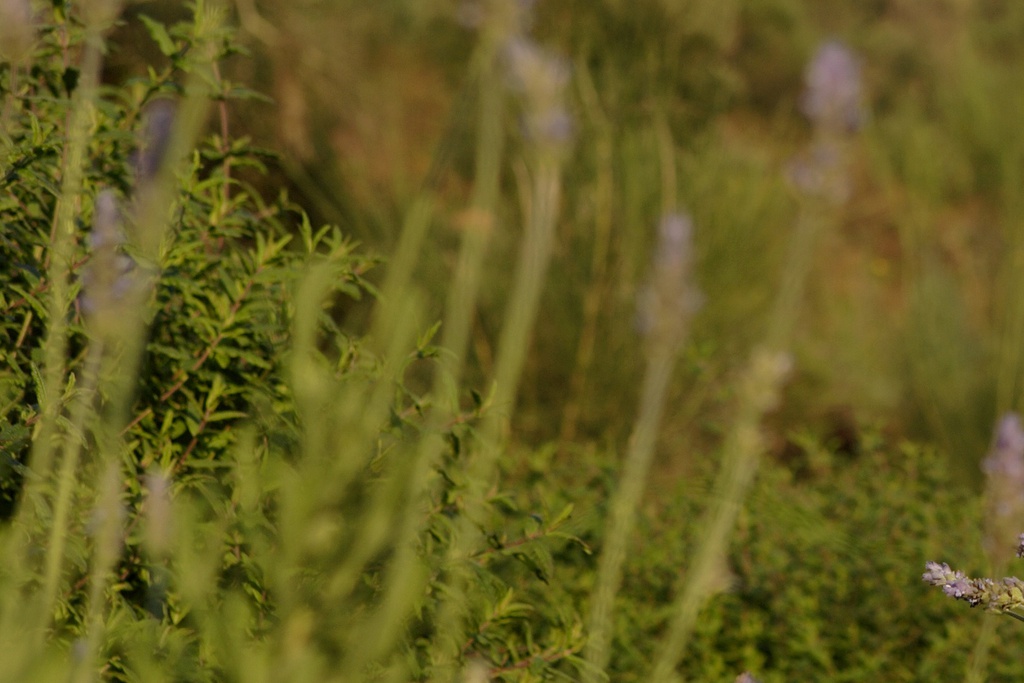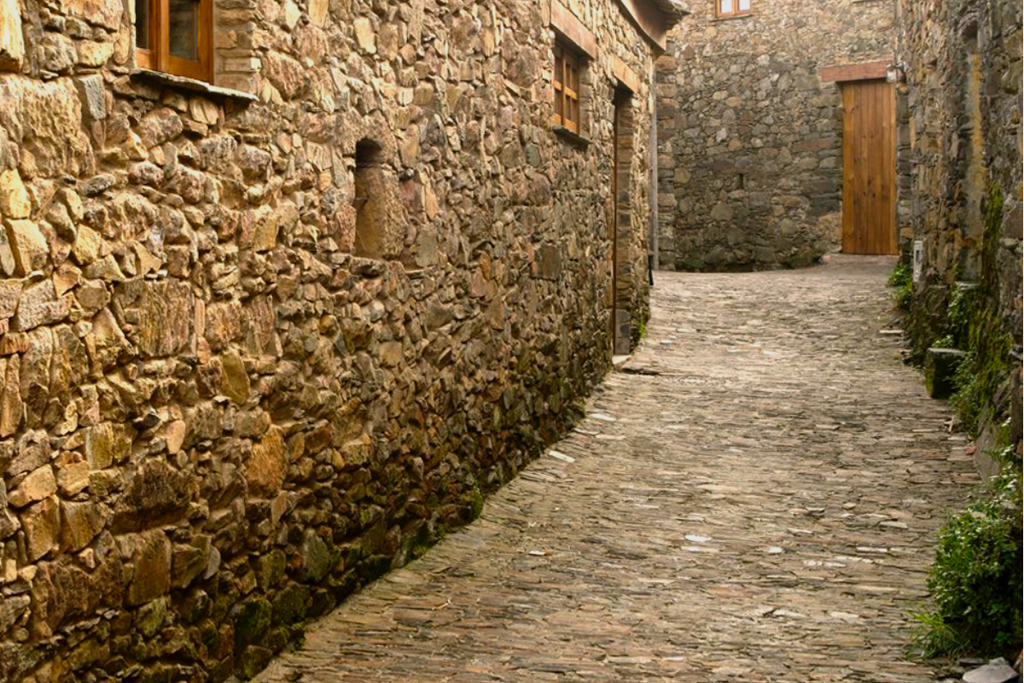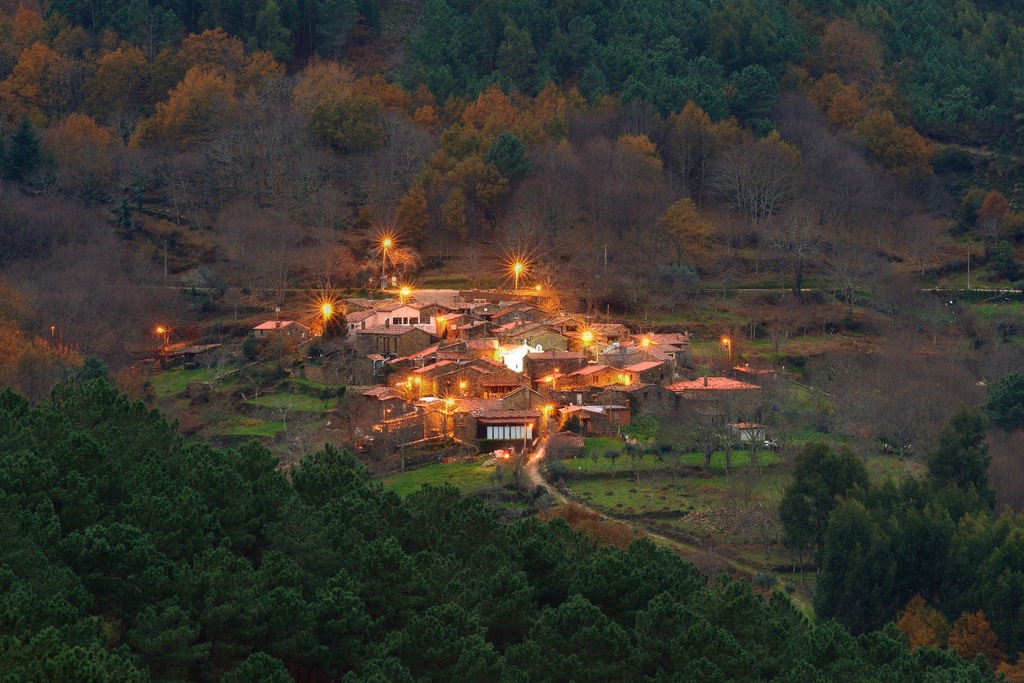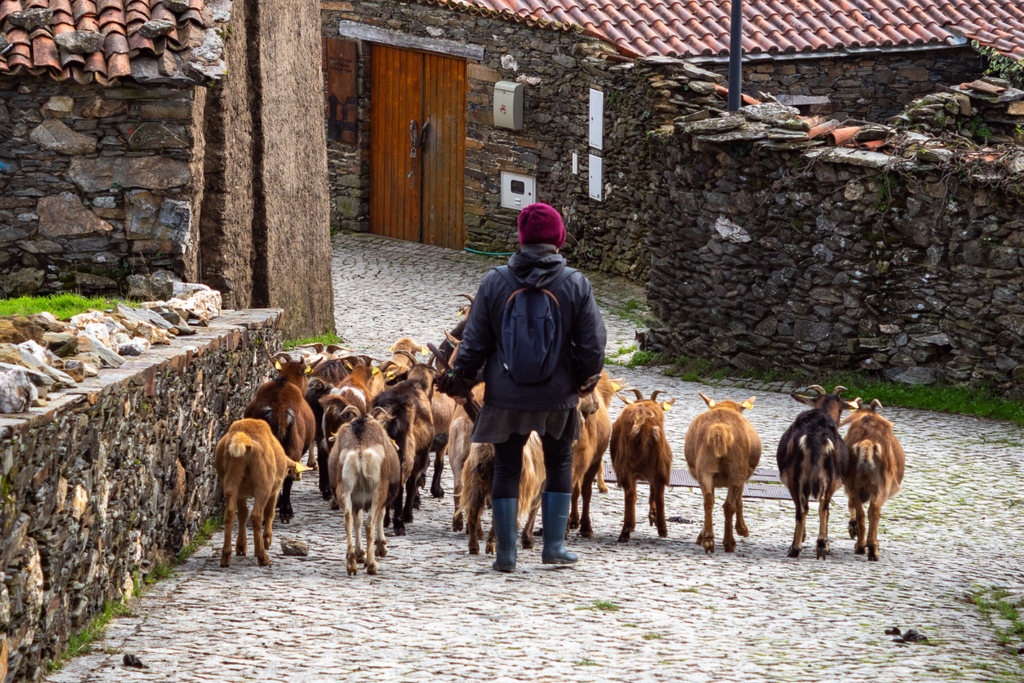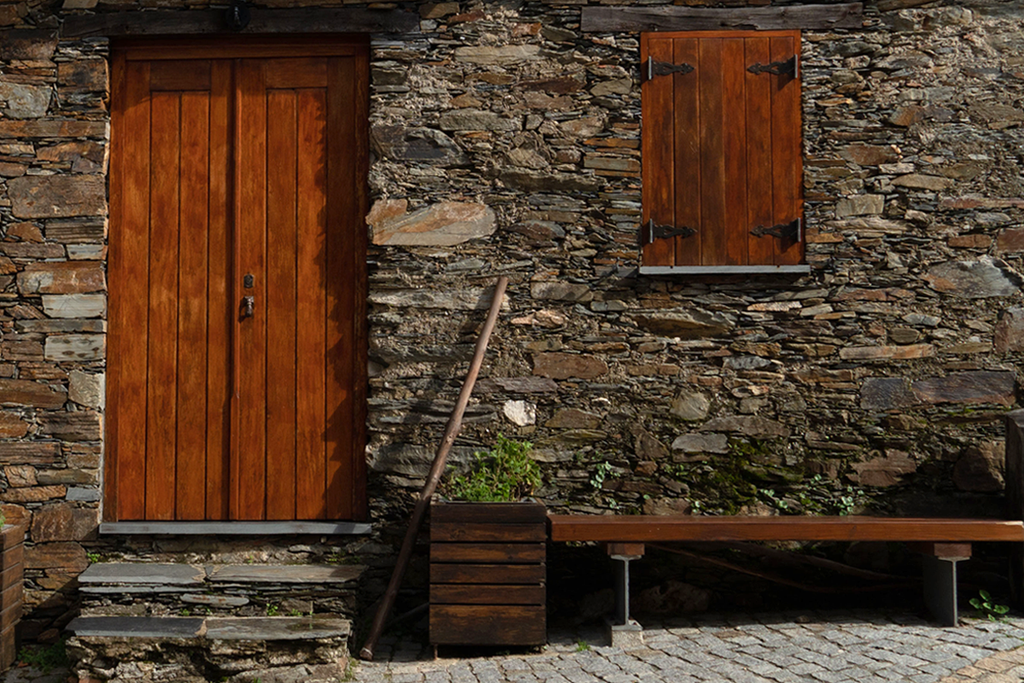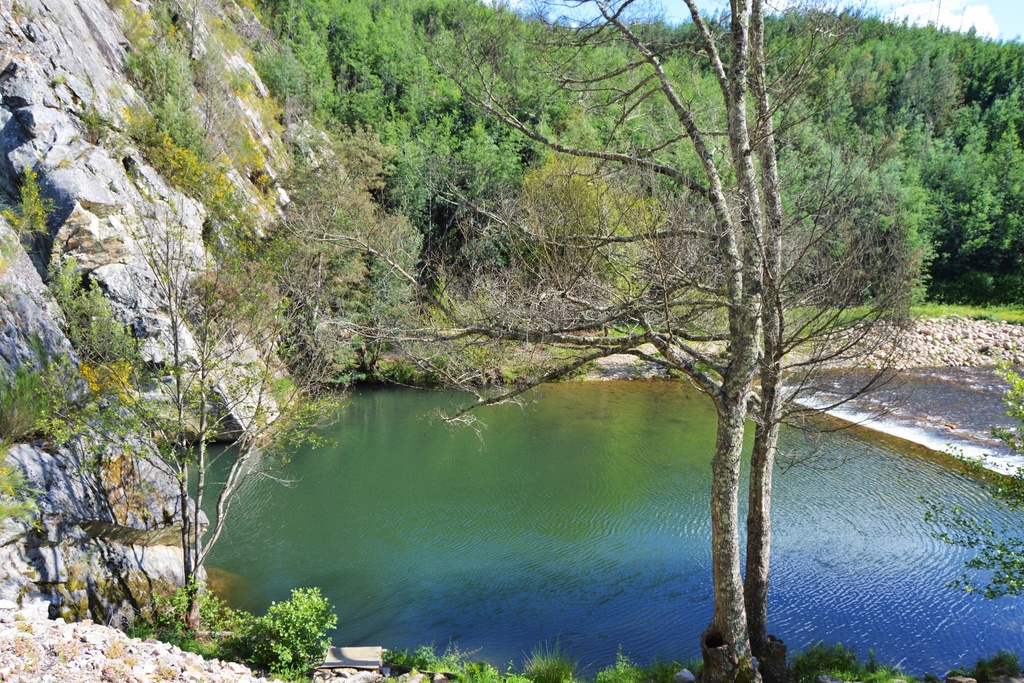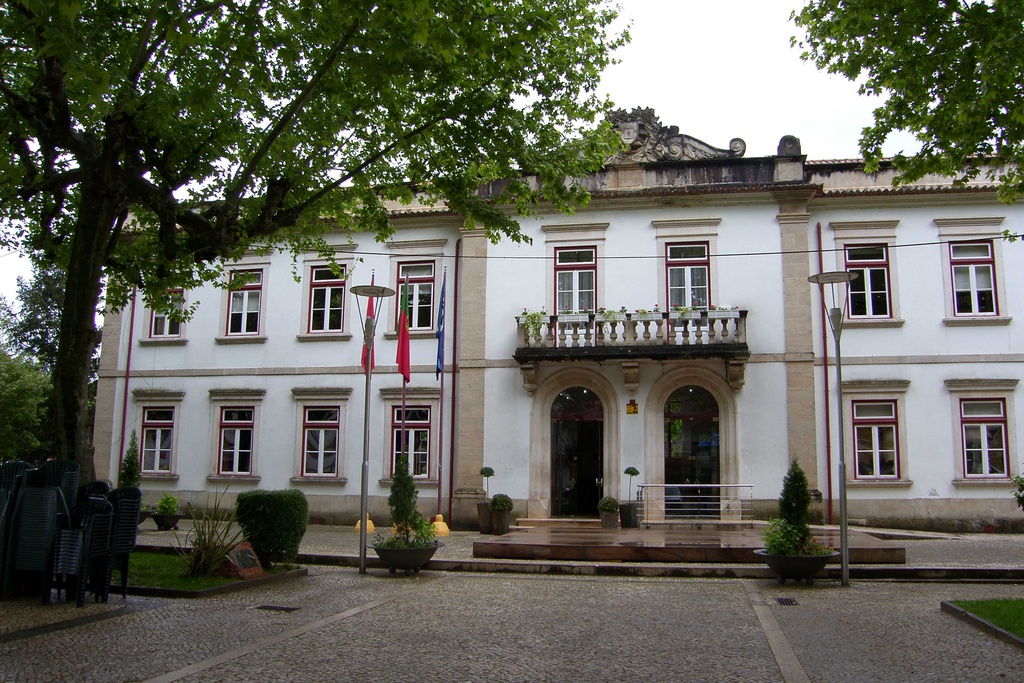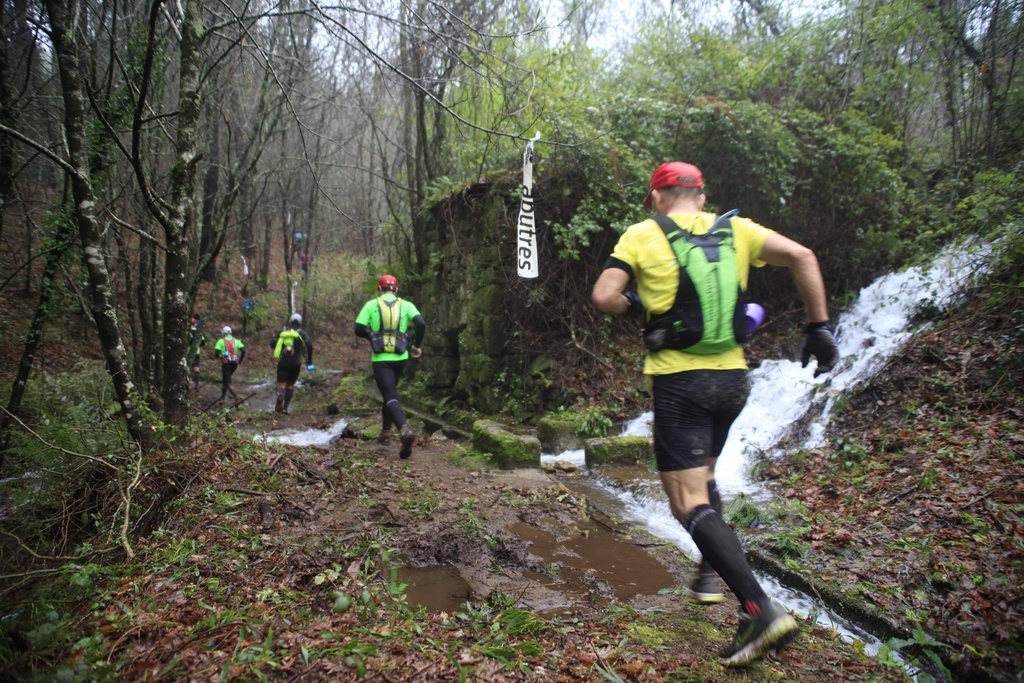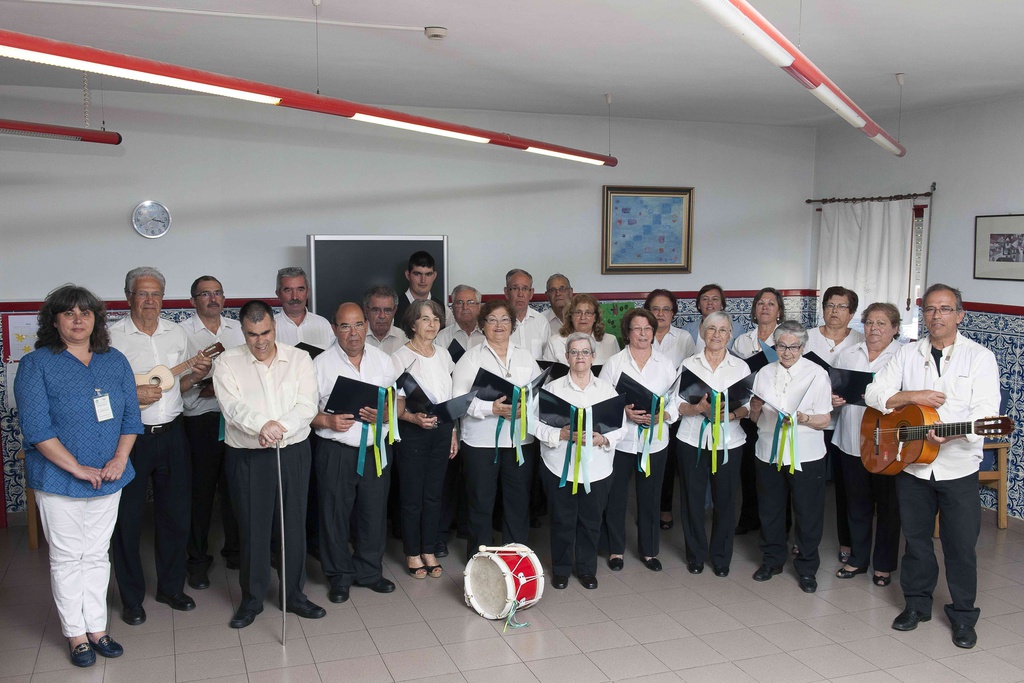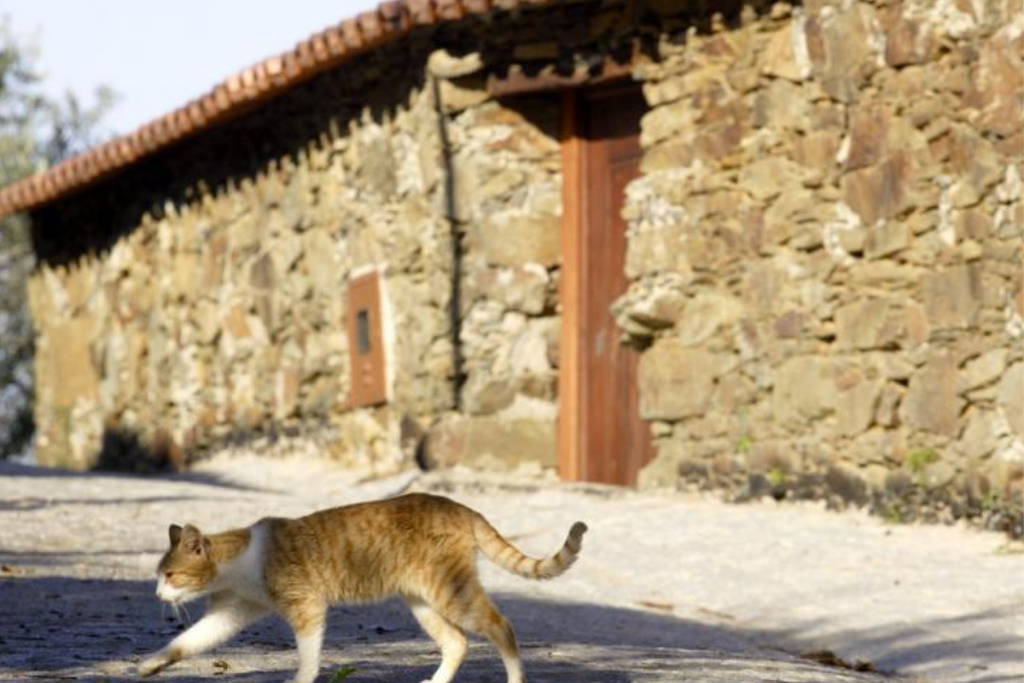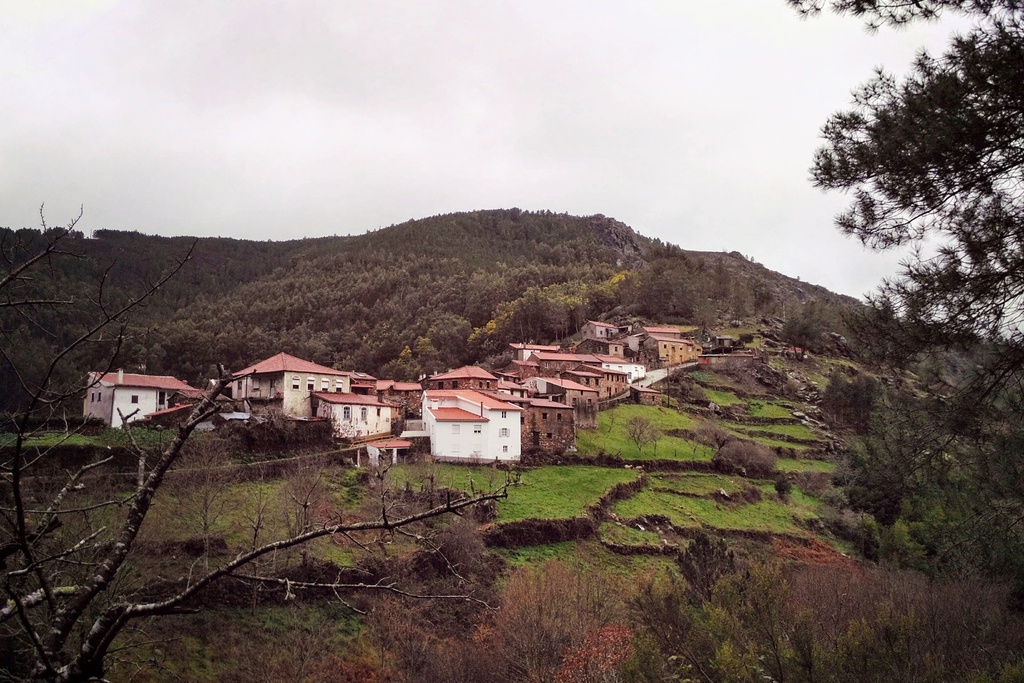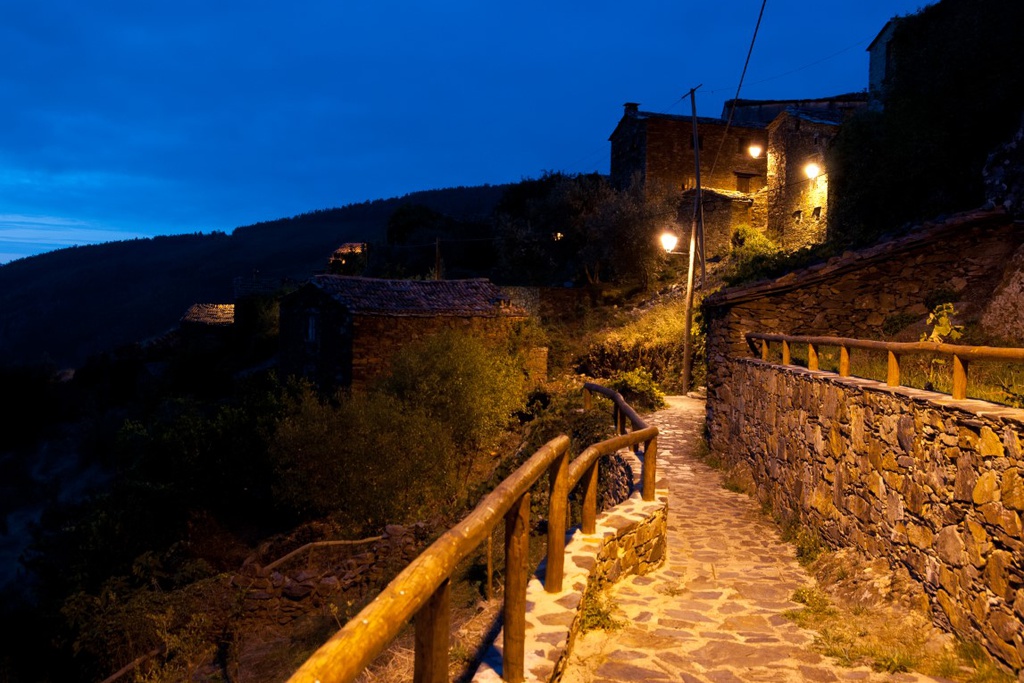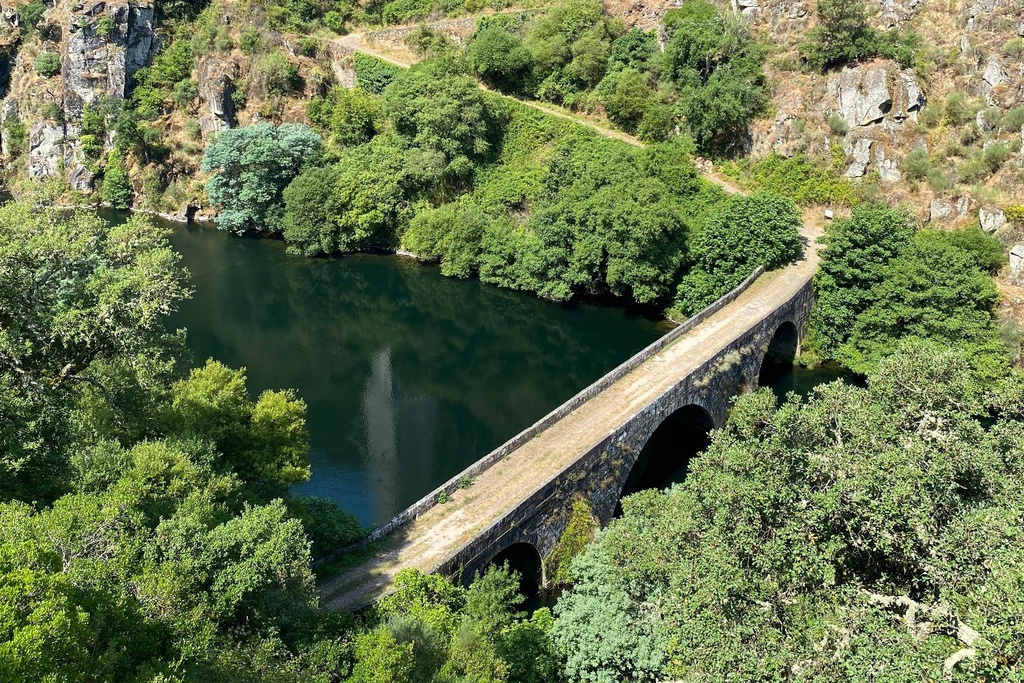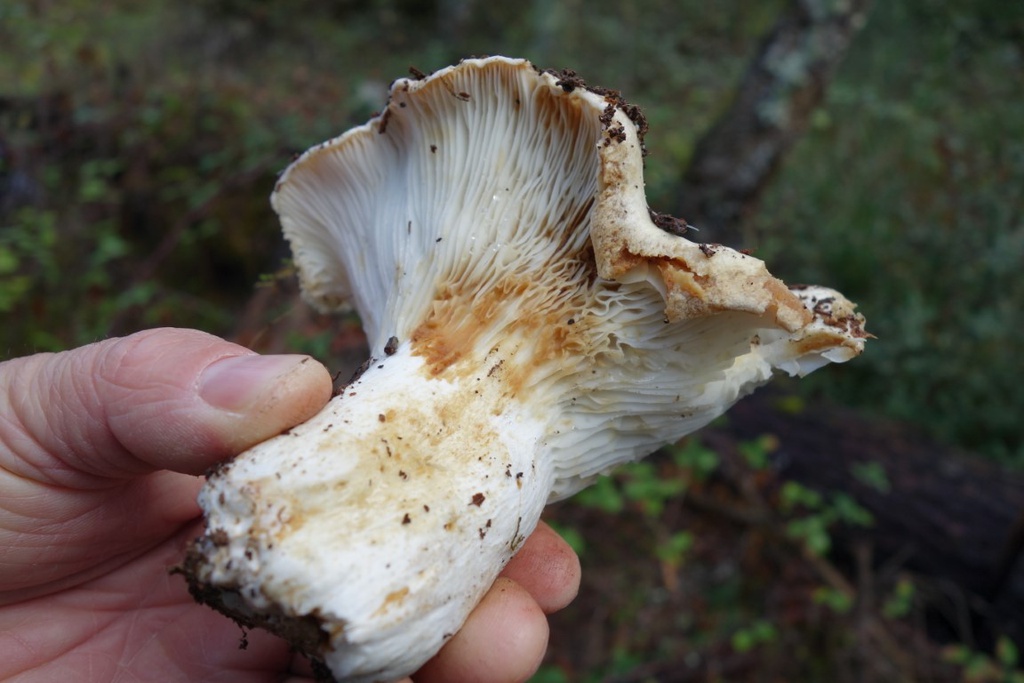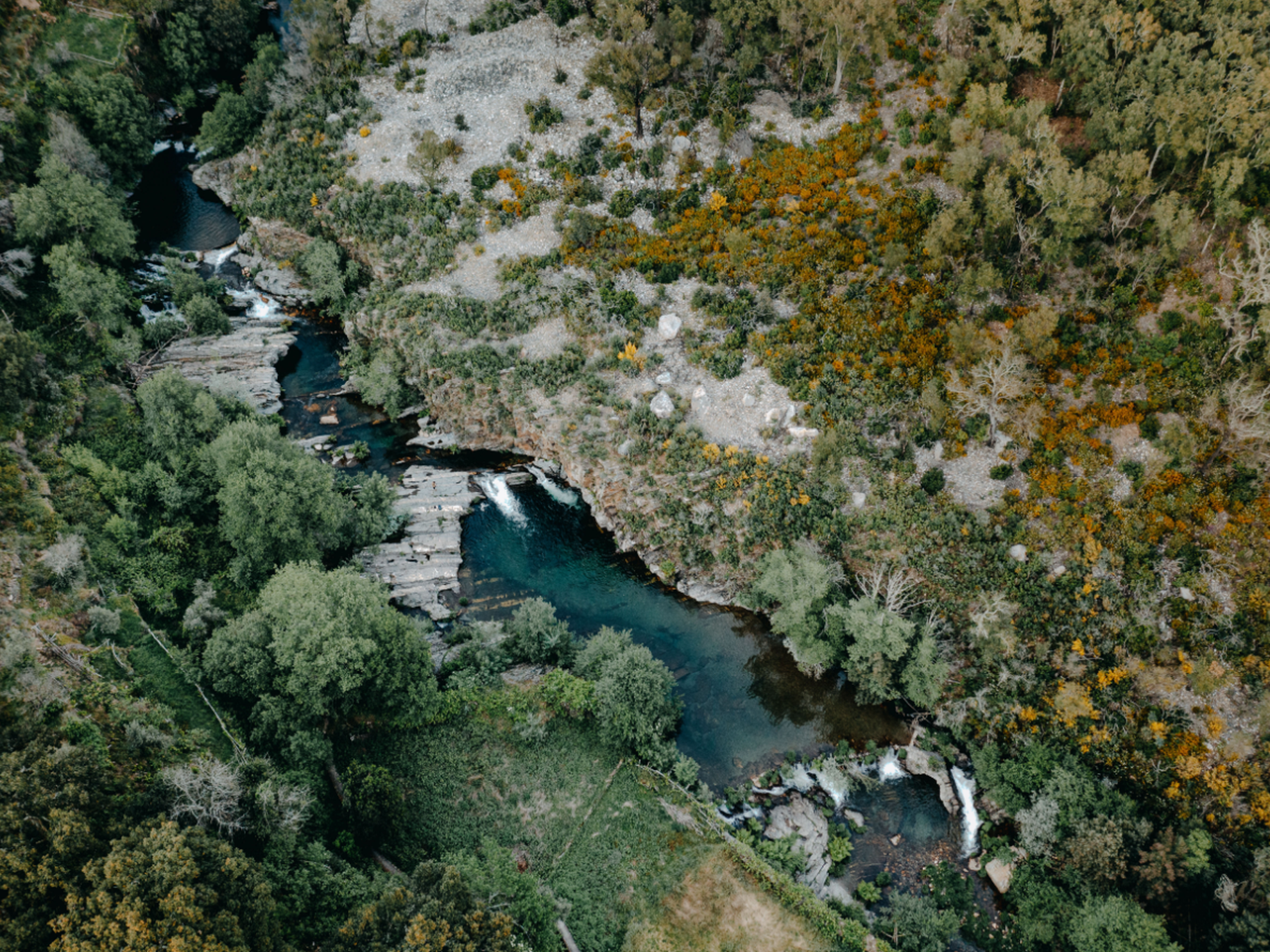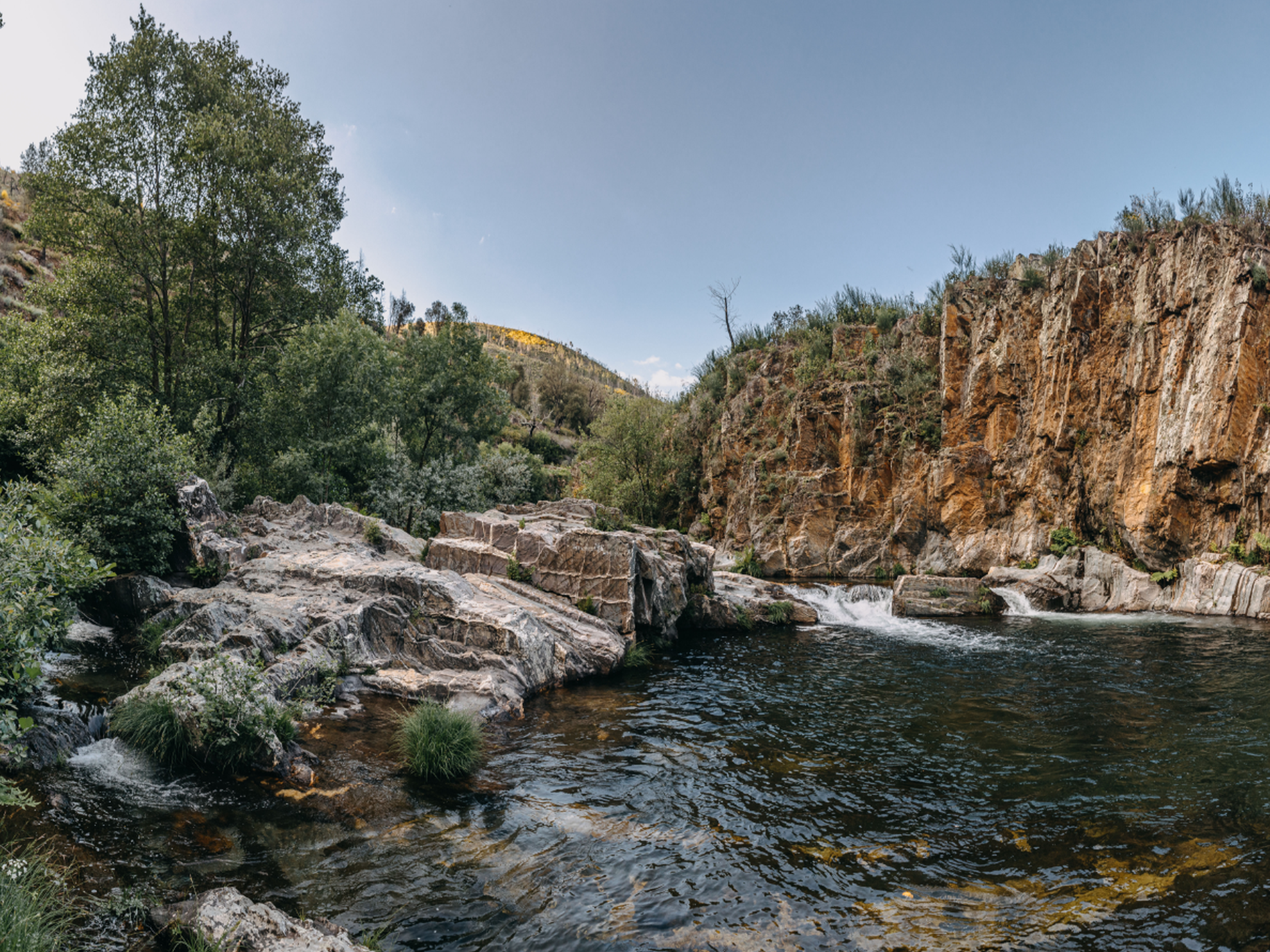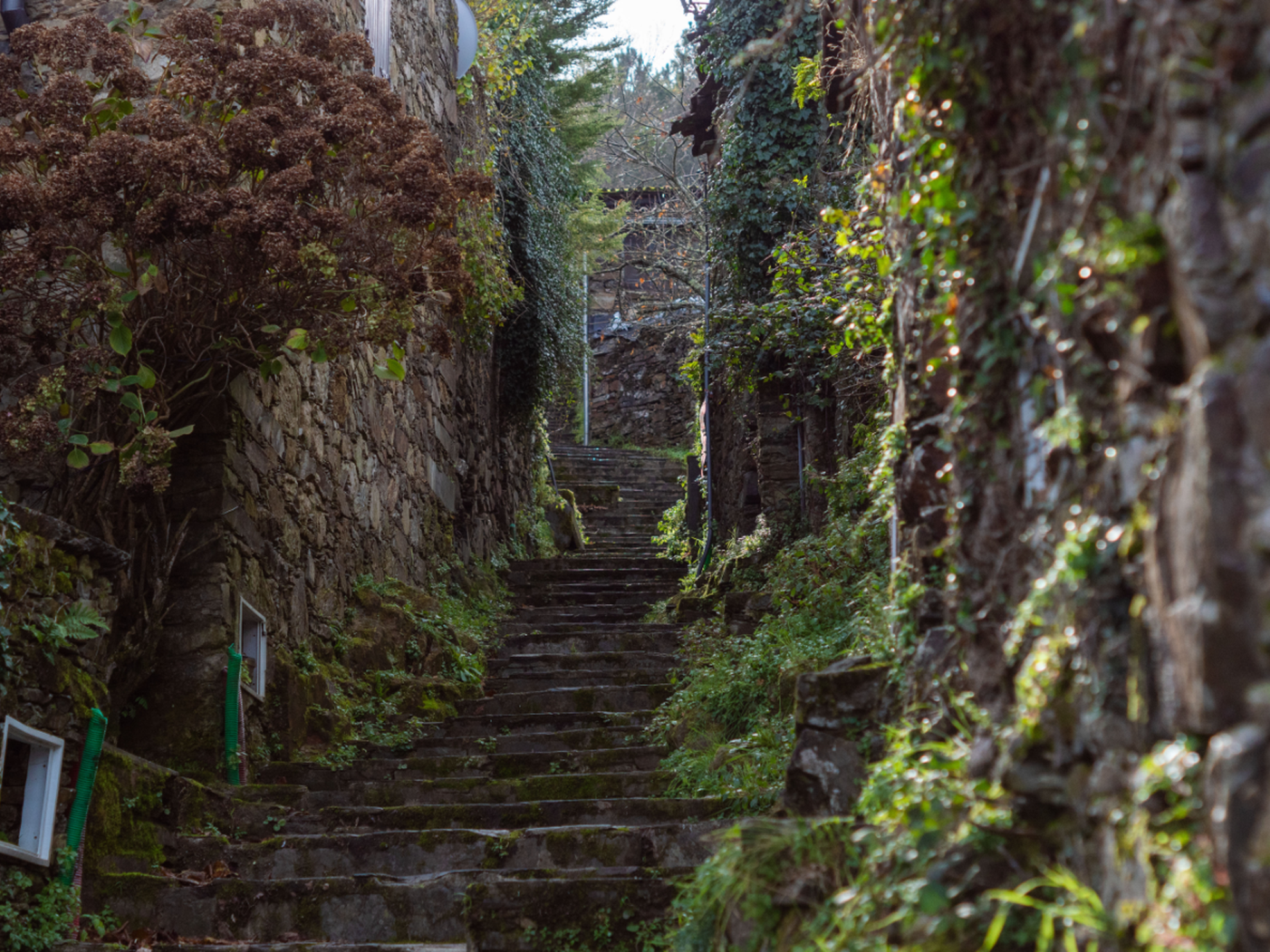In general, the history of this village is similar to the histories of the other four Schist Villages in Lousã municipality. Permanent settlement of the villages of the Lousã Mountain occurred in the second half of the 17th century or beginning of the 18th. Until then, occupation was only seasonal, in the spring and summer, with pastoralism practices.
The “Register of the population of the Kingdom (1527)” mentions none of these villages in its entry for Lousã. The oldest documents that point to their occupation are a fine imposed by Lousã Council in 1679 and the register of tenant properties ordered by King Pedro II in 1687. At the beginning of the 19th century only Candal and Cerdeira escaped pillaging by the Napoleonic army.
In 1885 the population of the seven villages (the five Schist Villages, plus Catarredor and Vaqueirinho) corresponded to 8.7% of the total population of the parish of Lousã (5340 inhabitants).
The largest resident population in this village was recorded in 1885: 65 inhabitants. Since 1981, the village has not recorded a single permanent inhabitant. Since then, almost all the houses have become second homes.
Origin of the name
Casal is an old Portuguese word which in the Middle Ages was used to describe a group of two or three houses in a rural setting. The second part, Novo (New), indicates that this is a settlement of more recent foundation, compared to others that are close by (Chiqueiro and Talasnal).
When development arrives late
The end of traditional human occupation of this village was a tragic irony.
“On the day when the last inhabitant took to the road with bags ready packed, he saw the trucks that had arrived to lay the road and connect the electricity, objectives for which he had fought unremittingly for dozens of years.”
in “Serras de Portugal” (1994)



